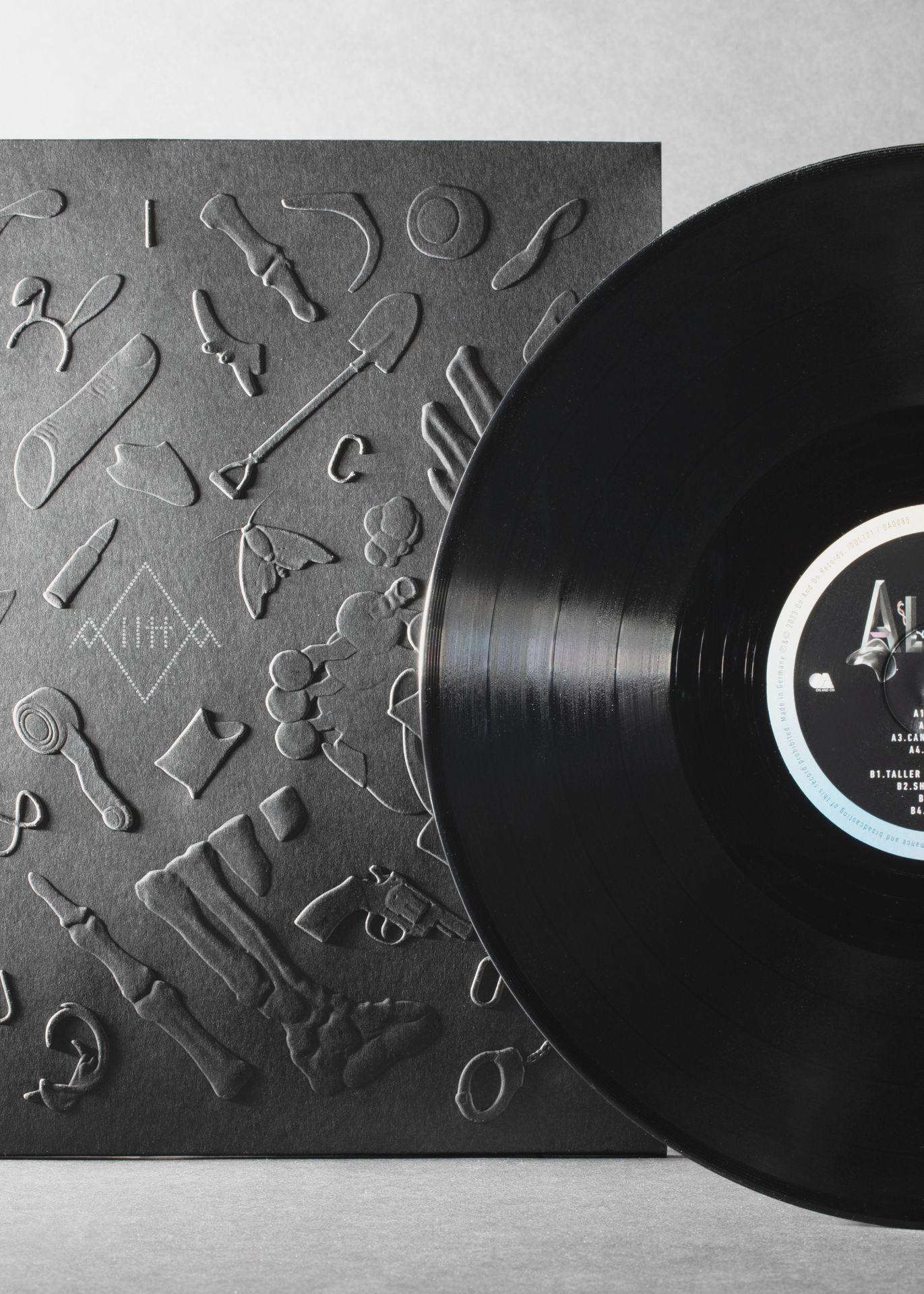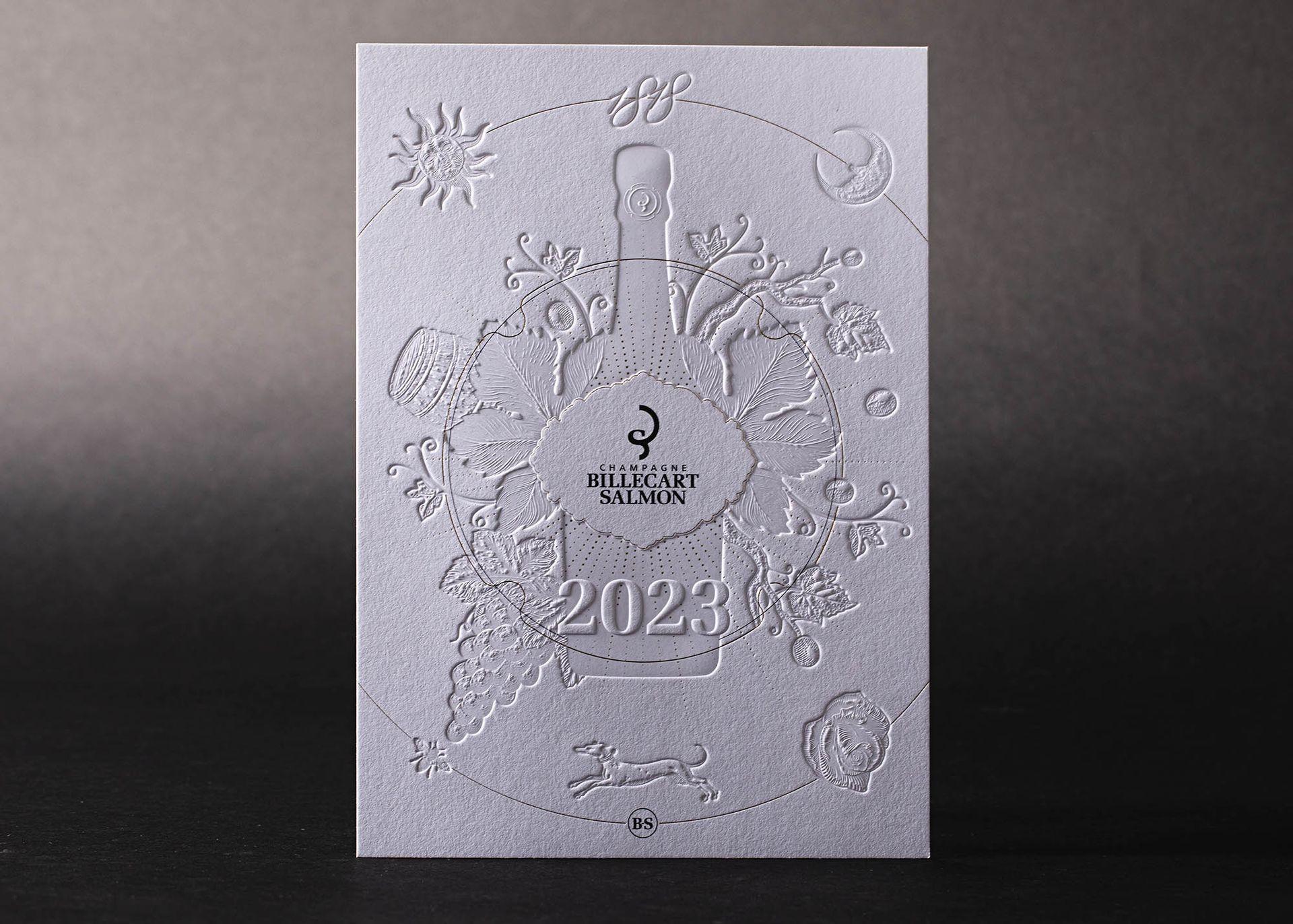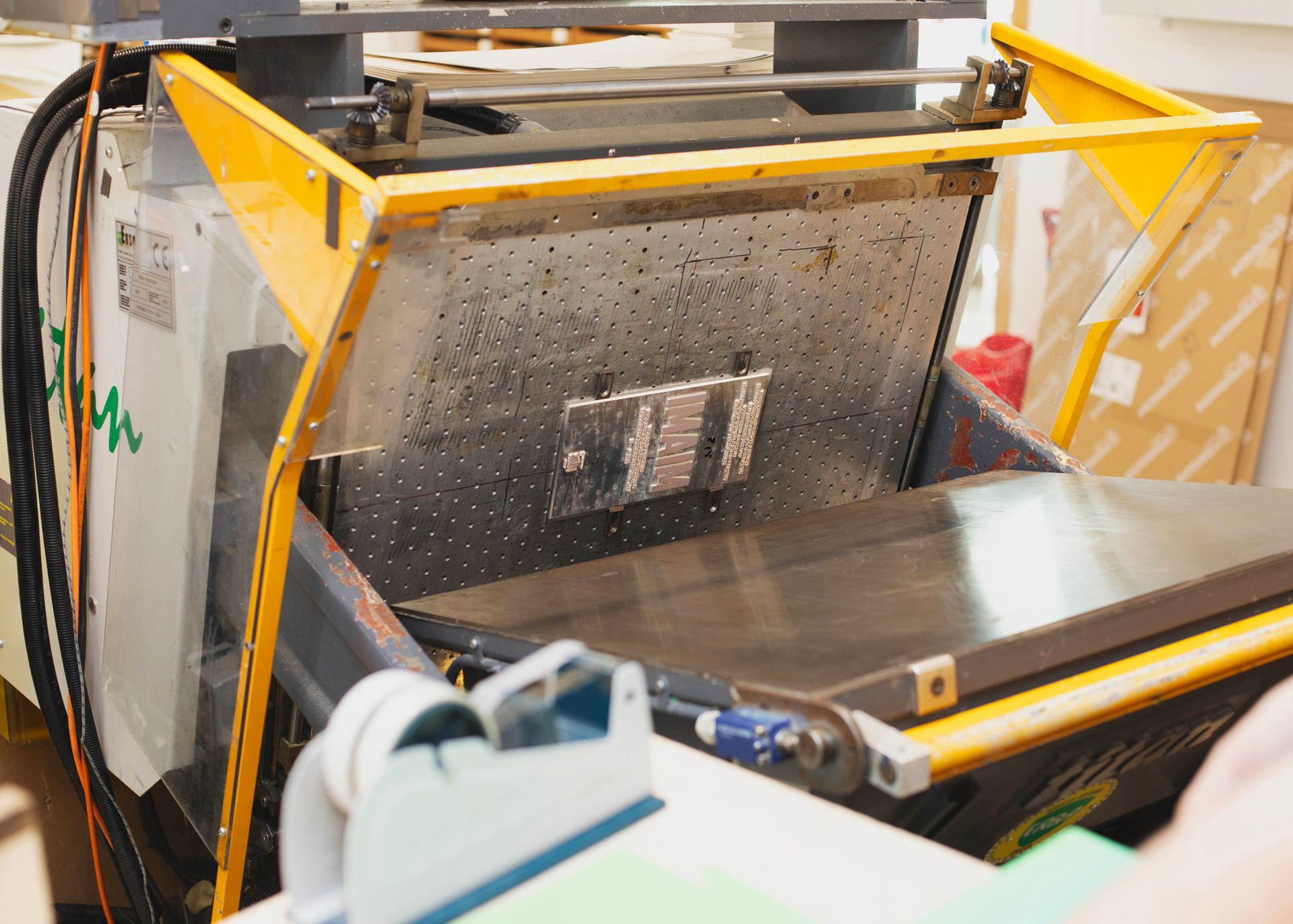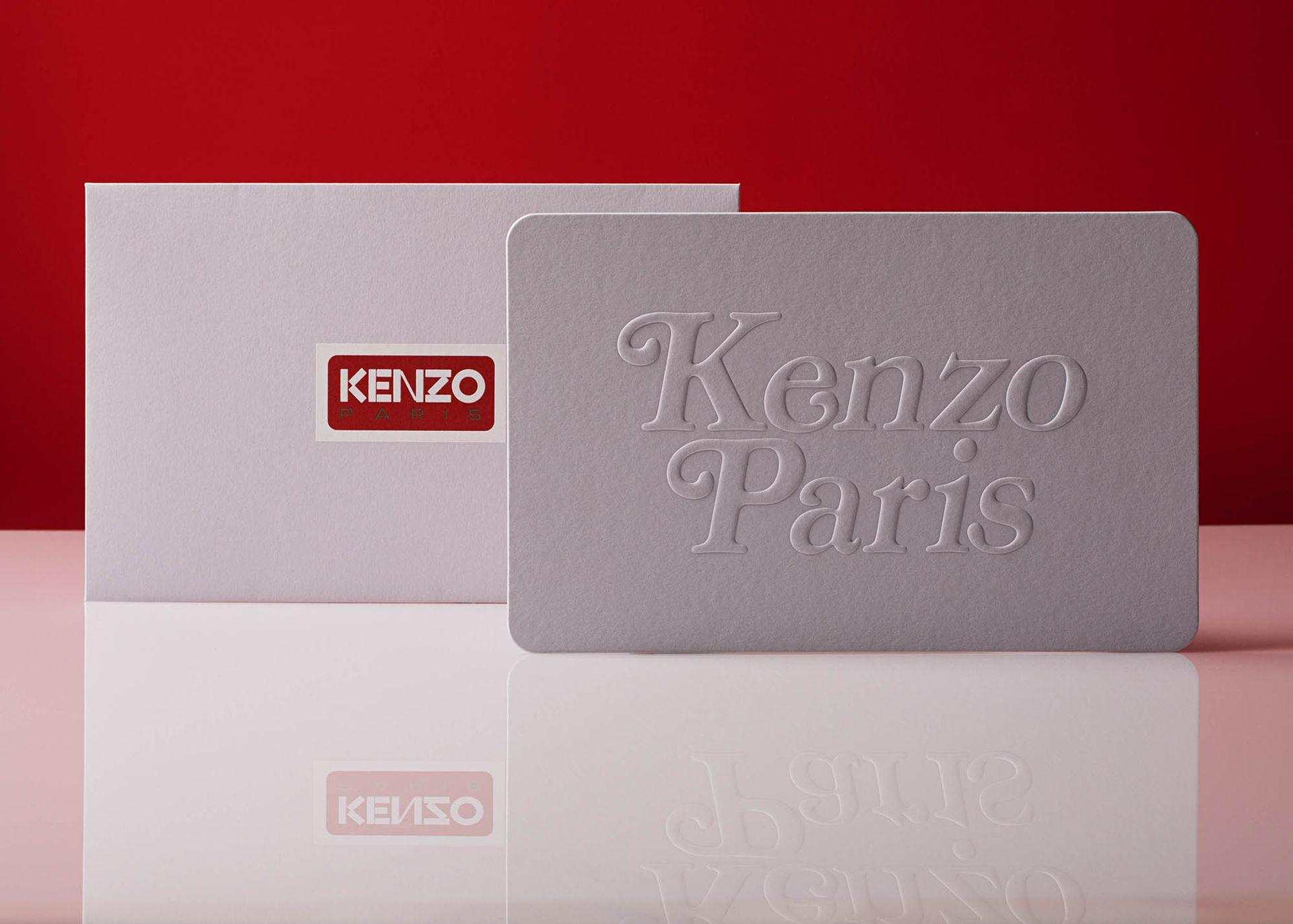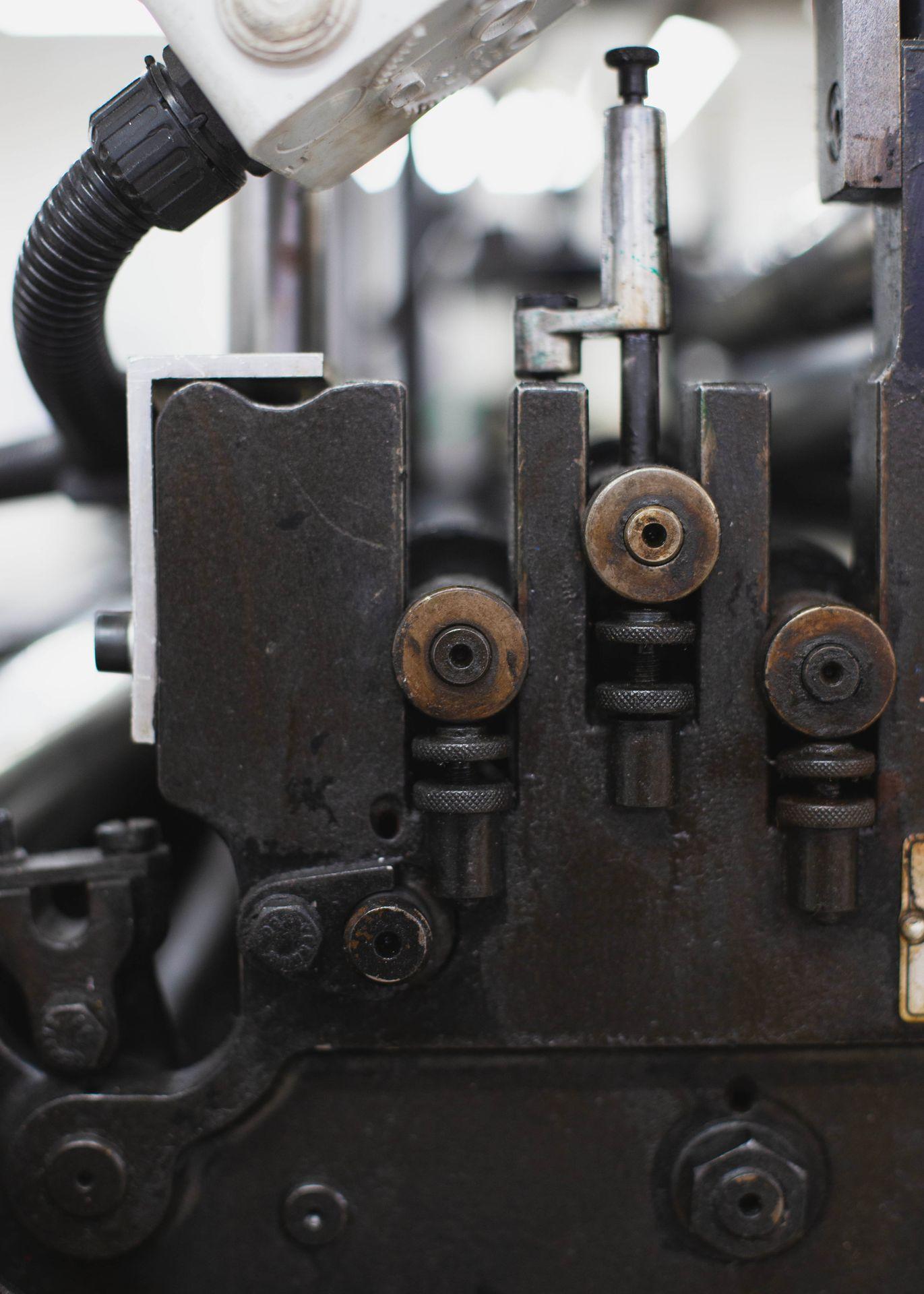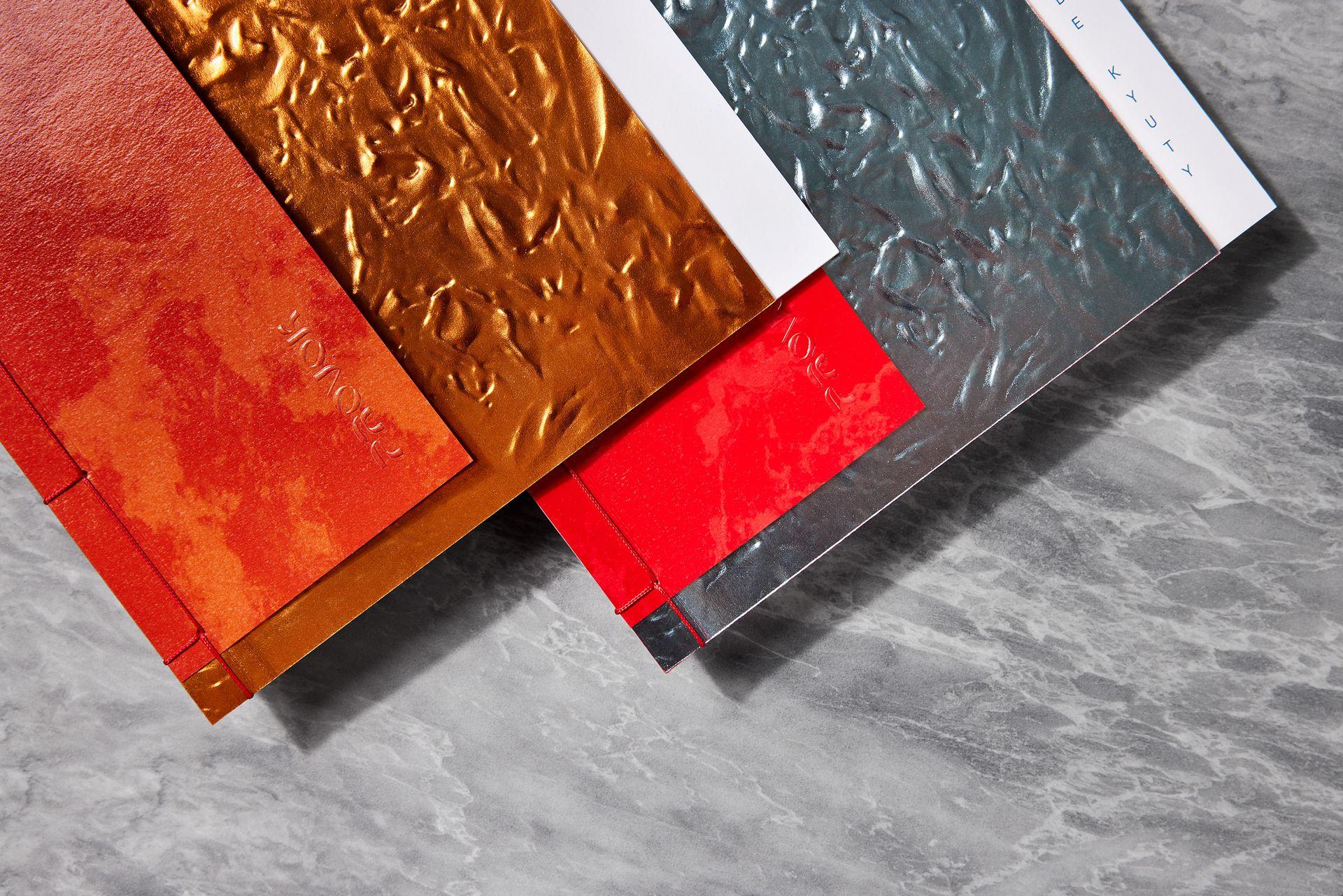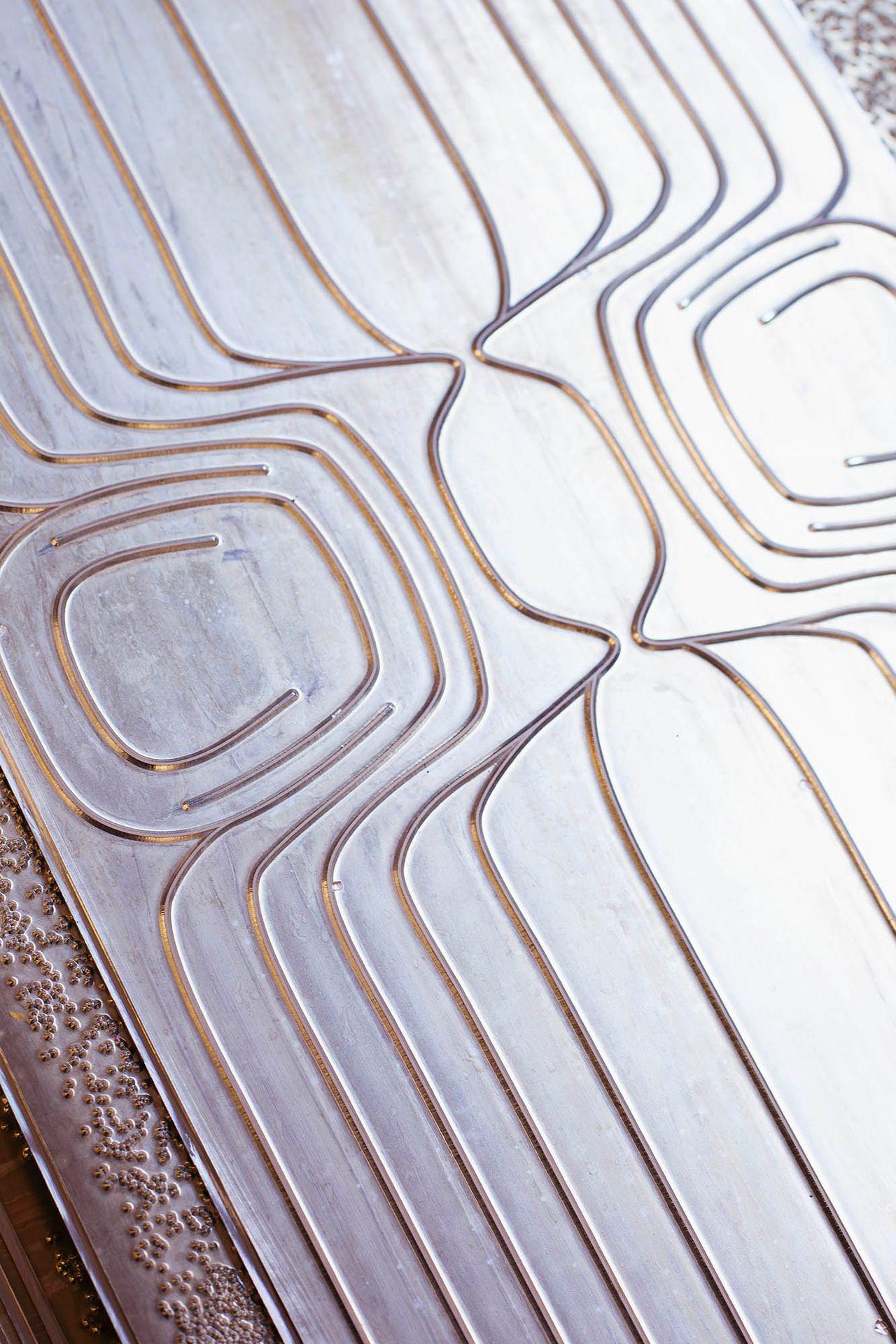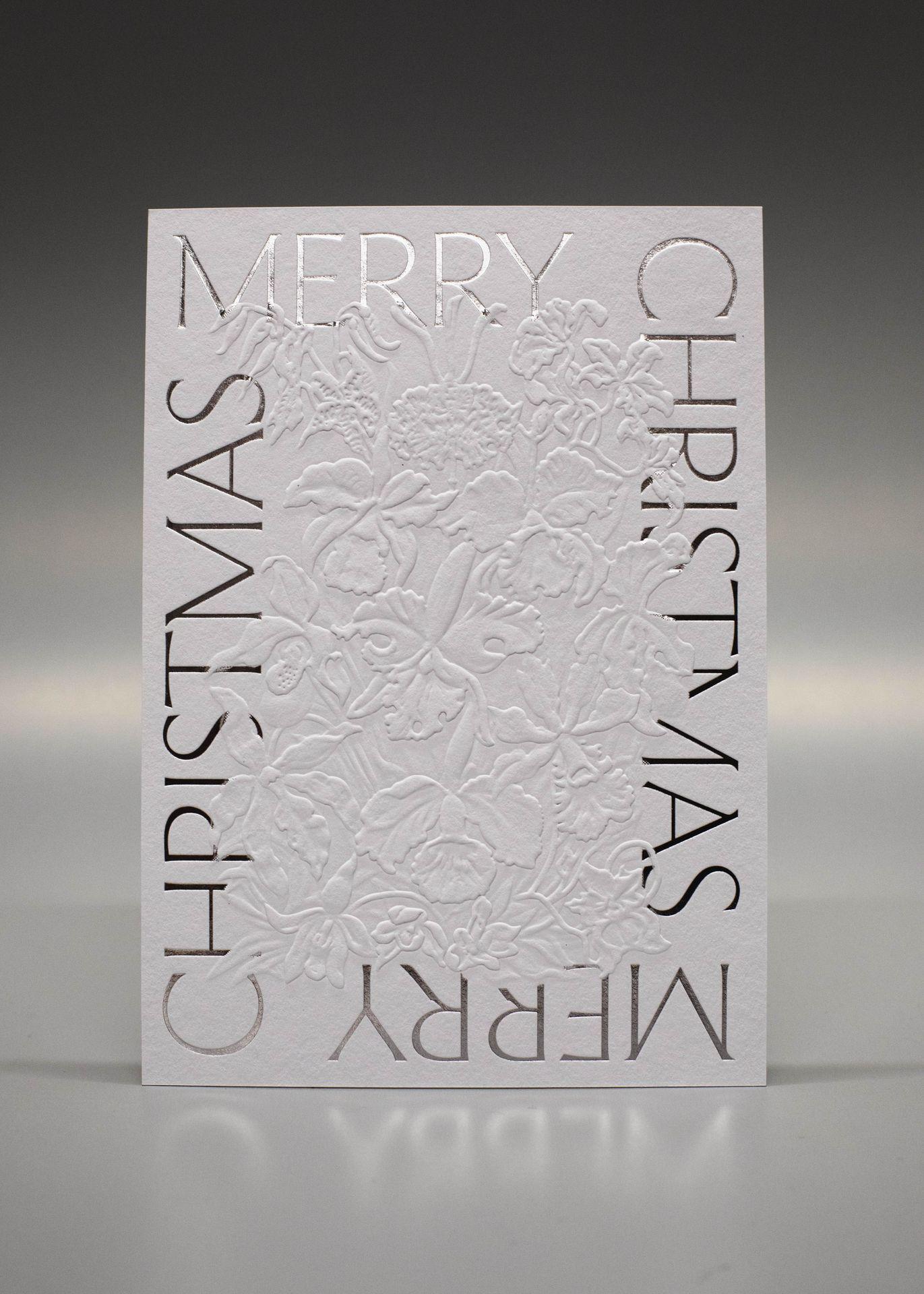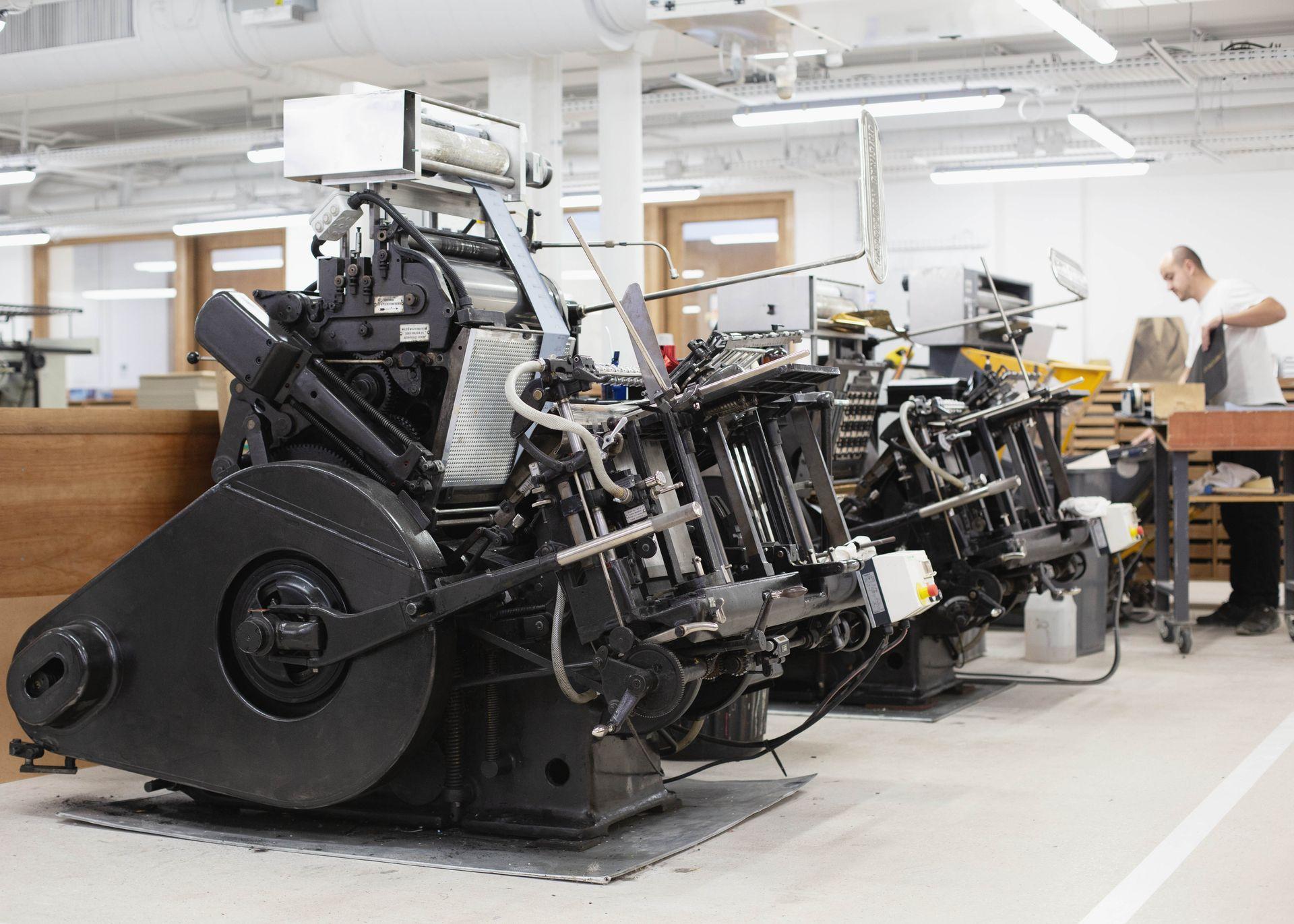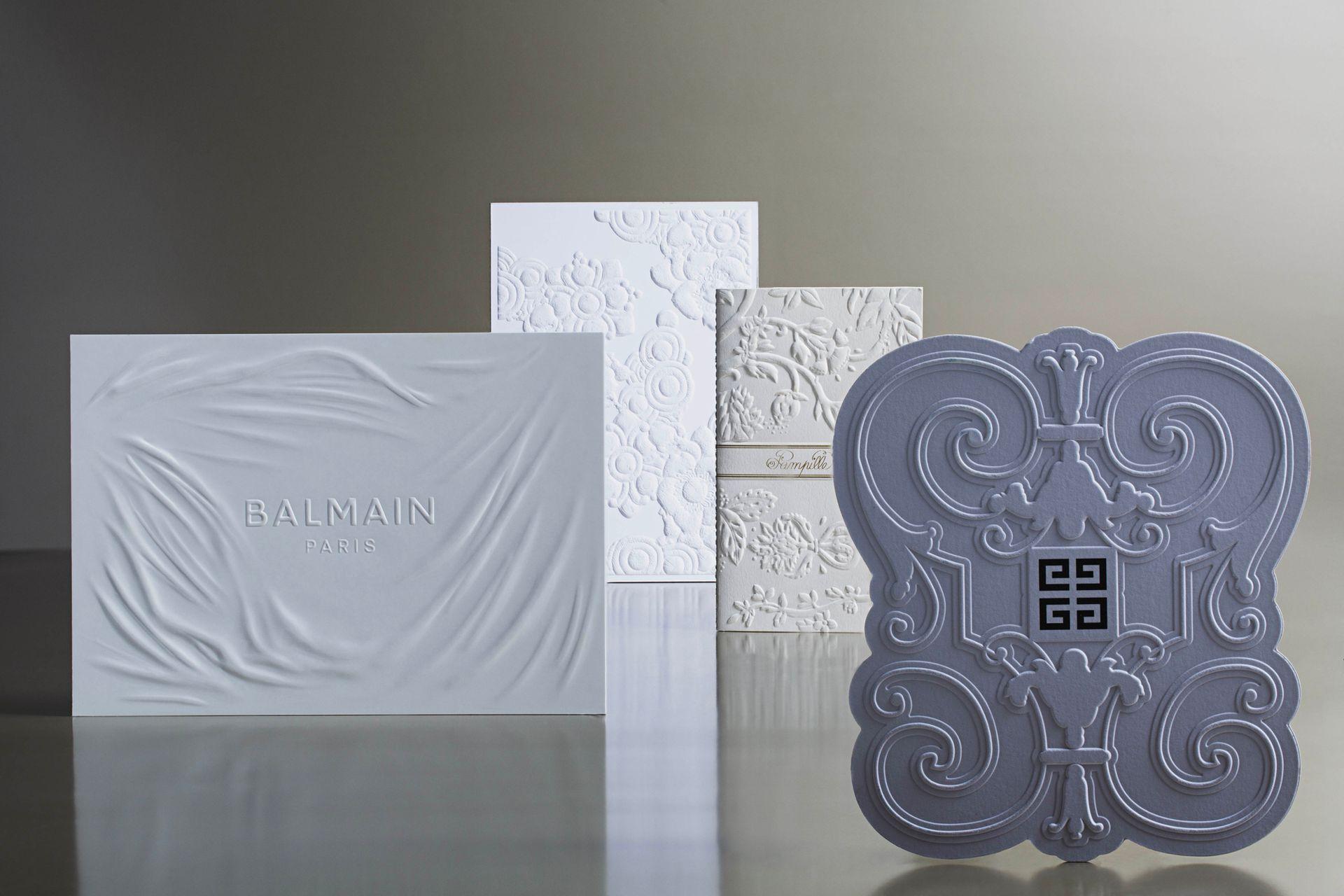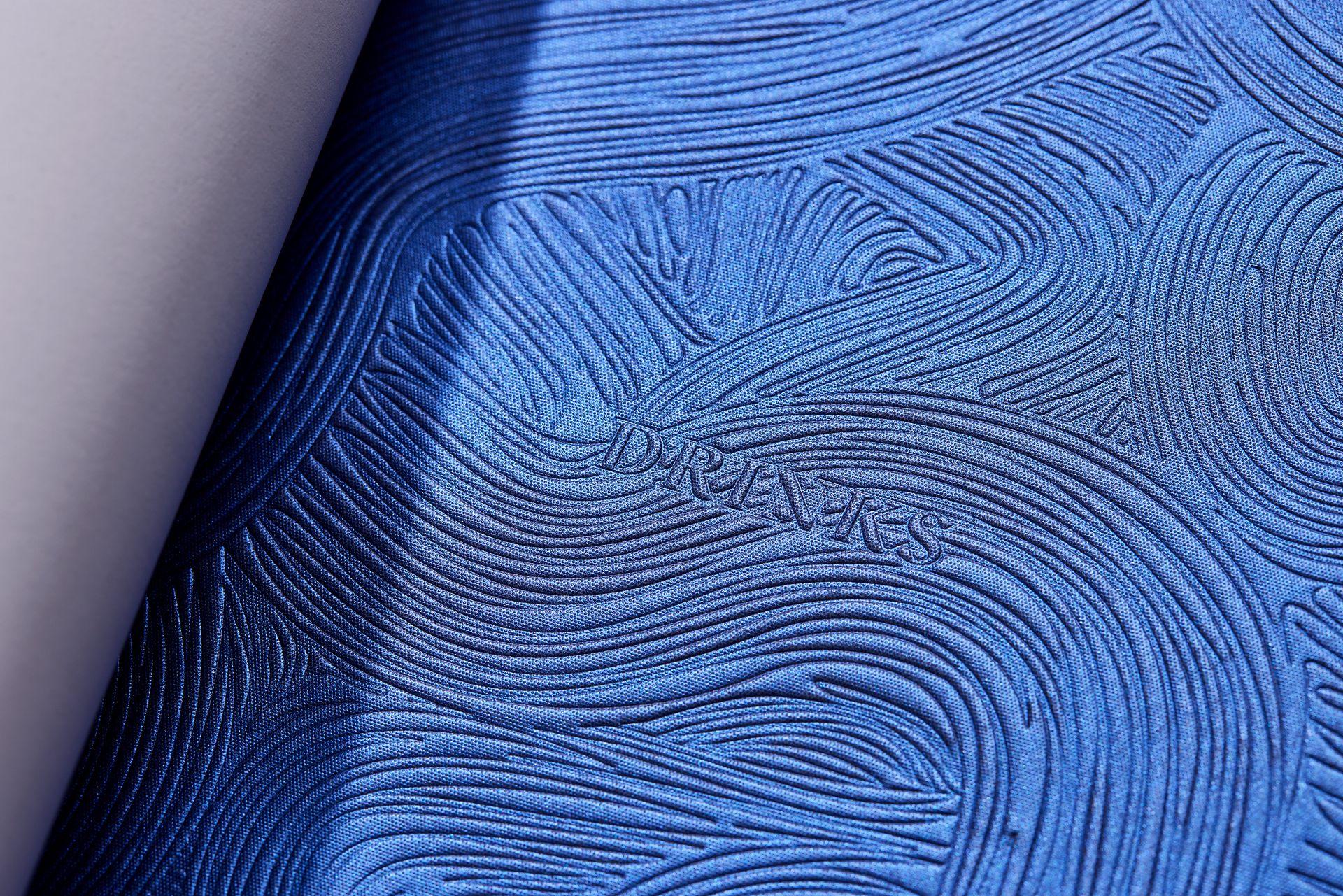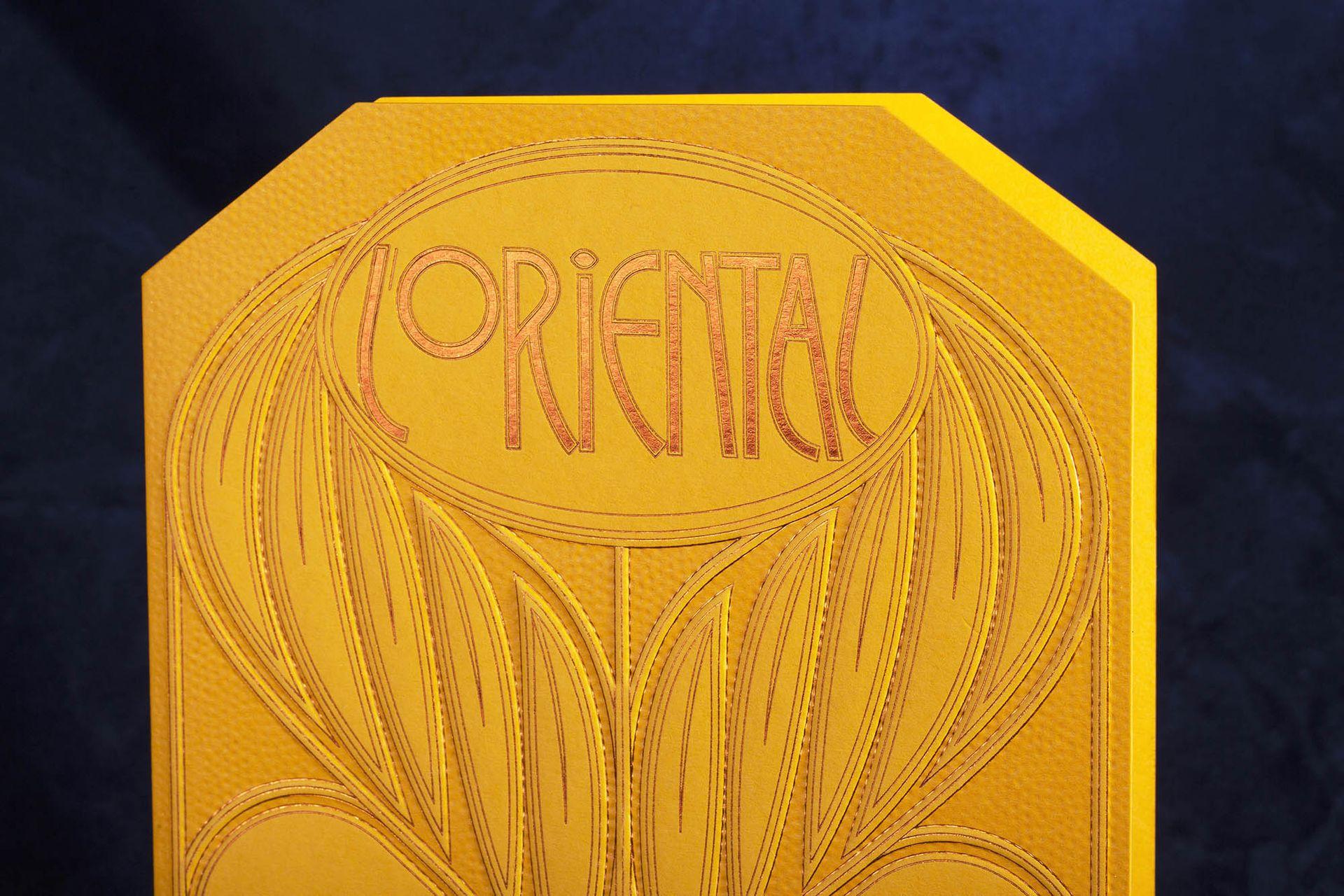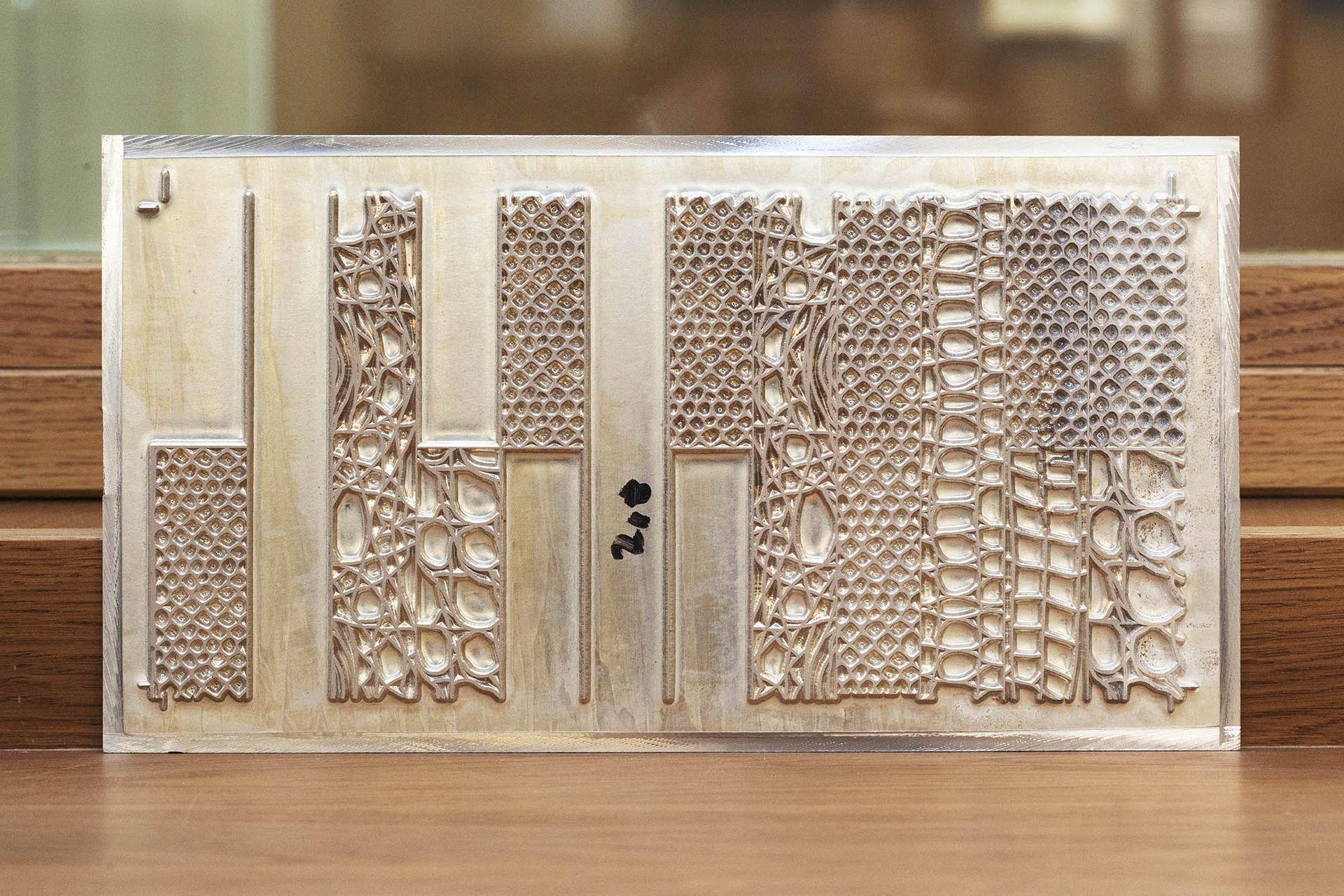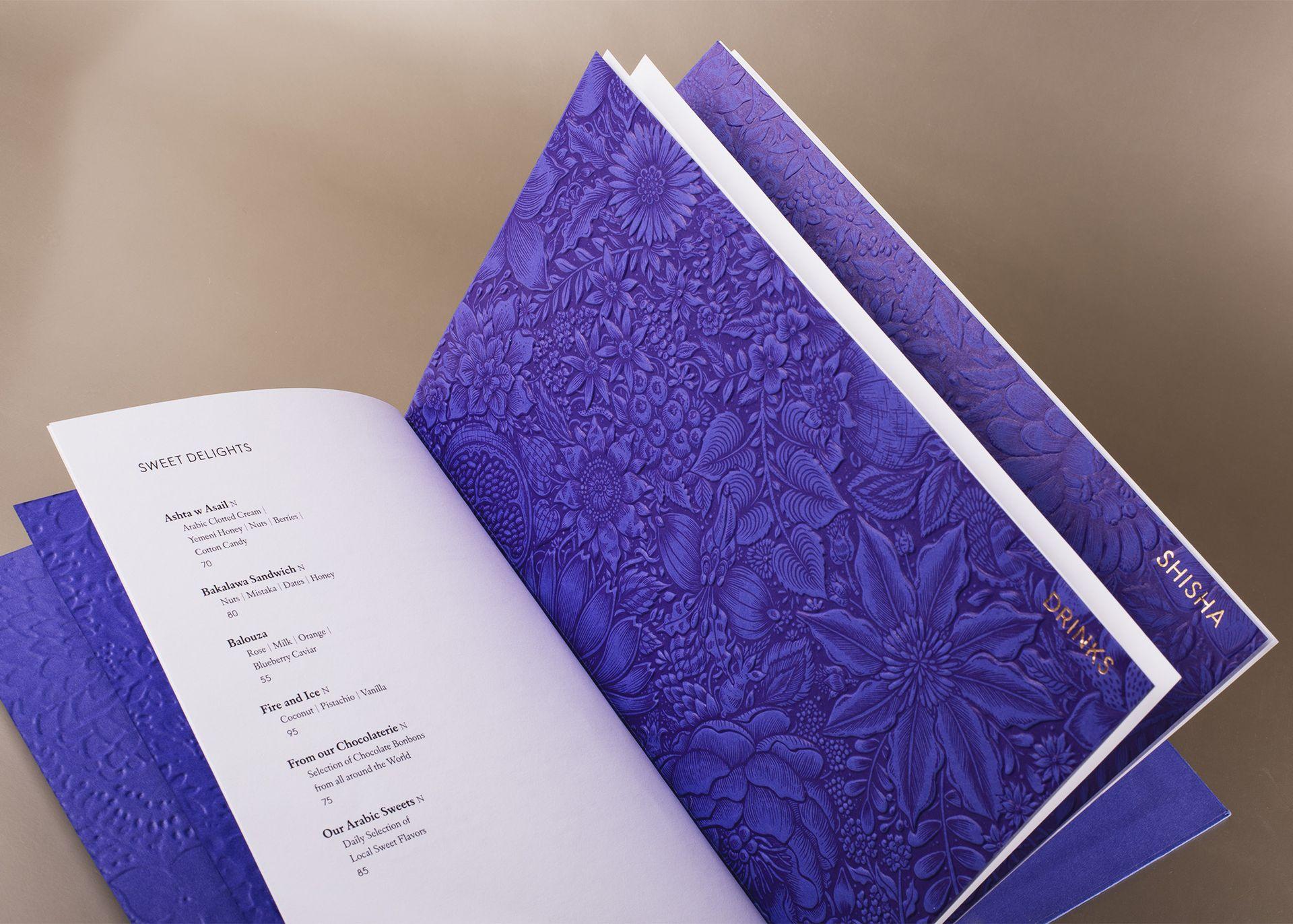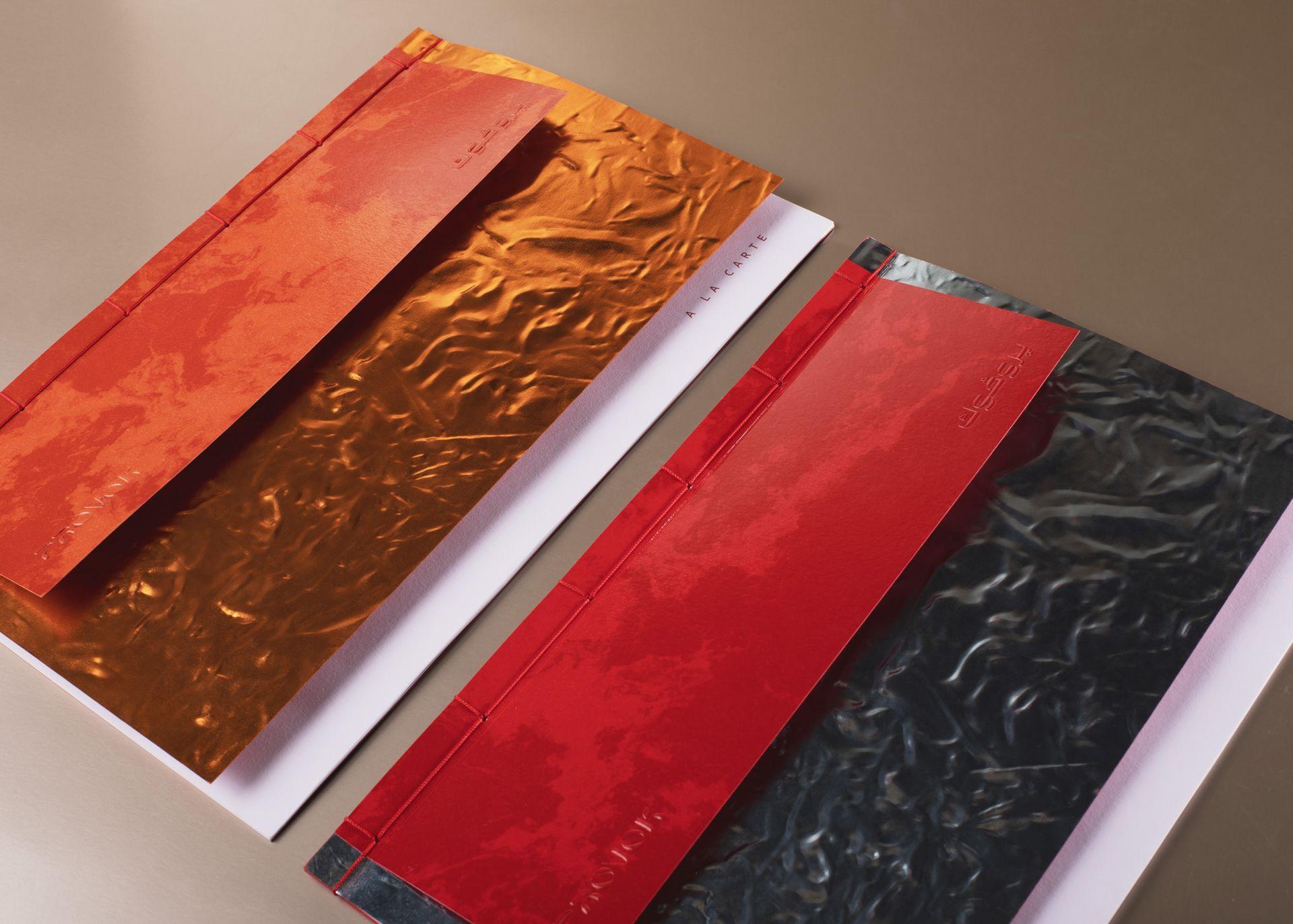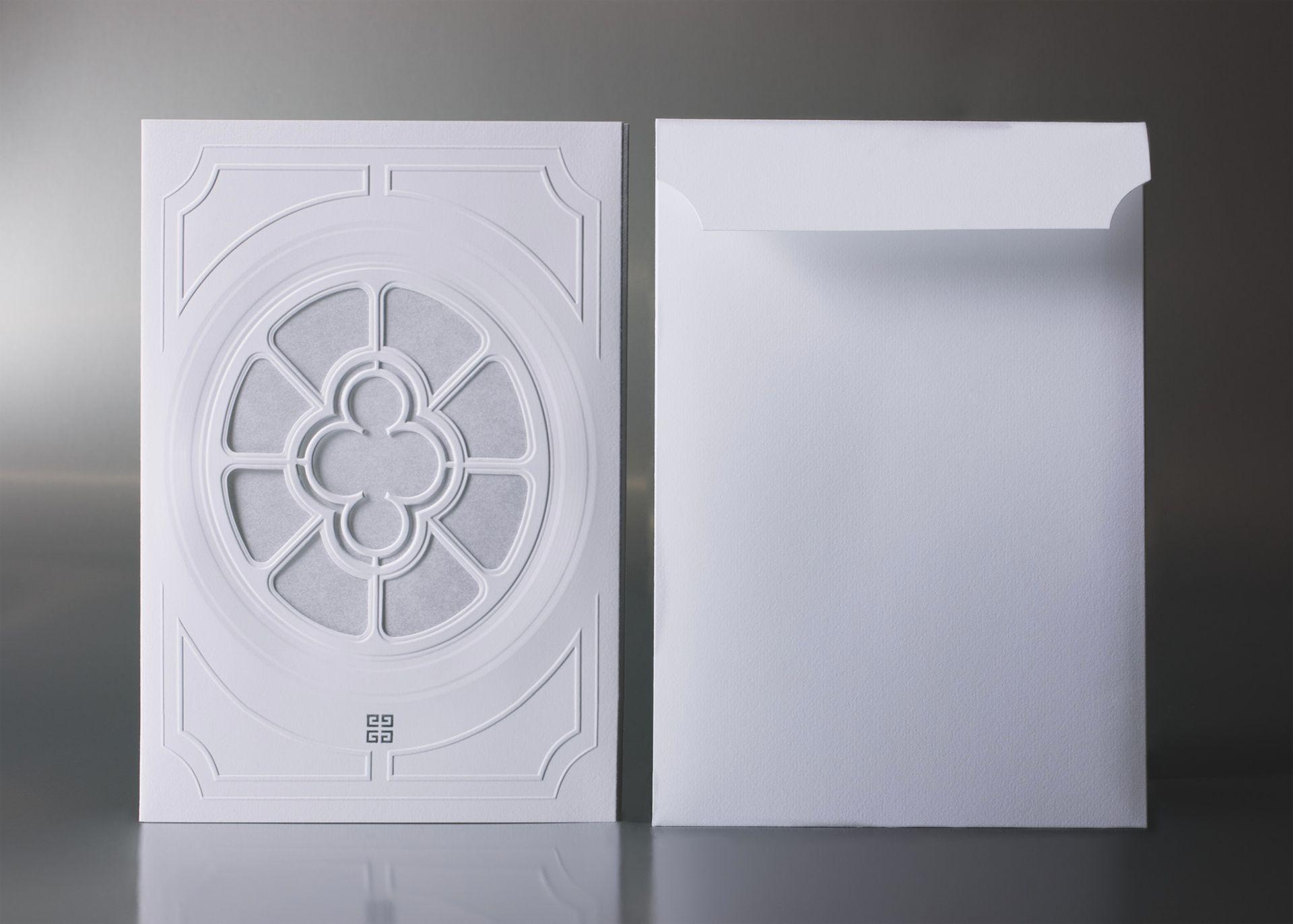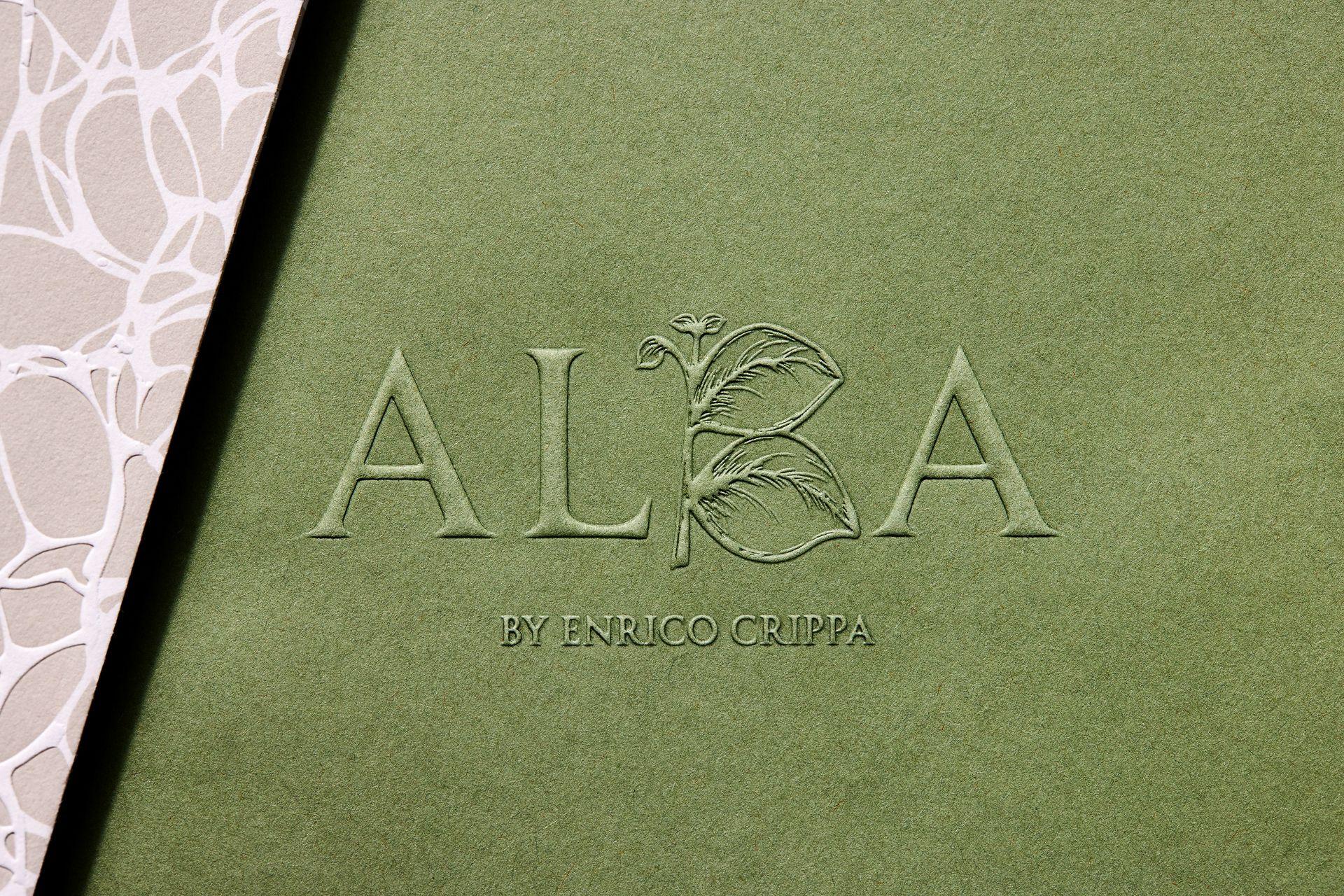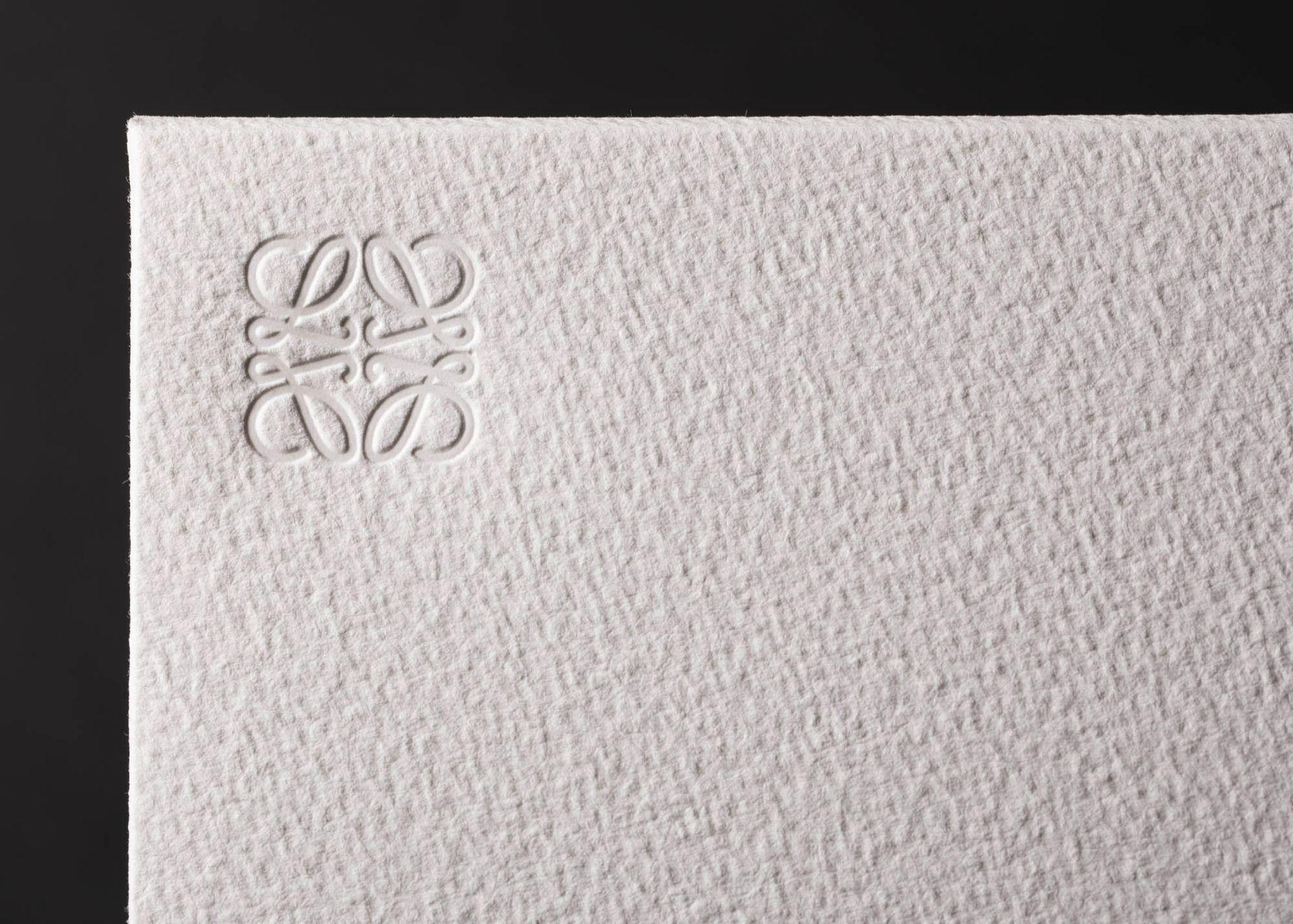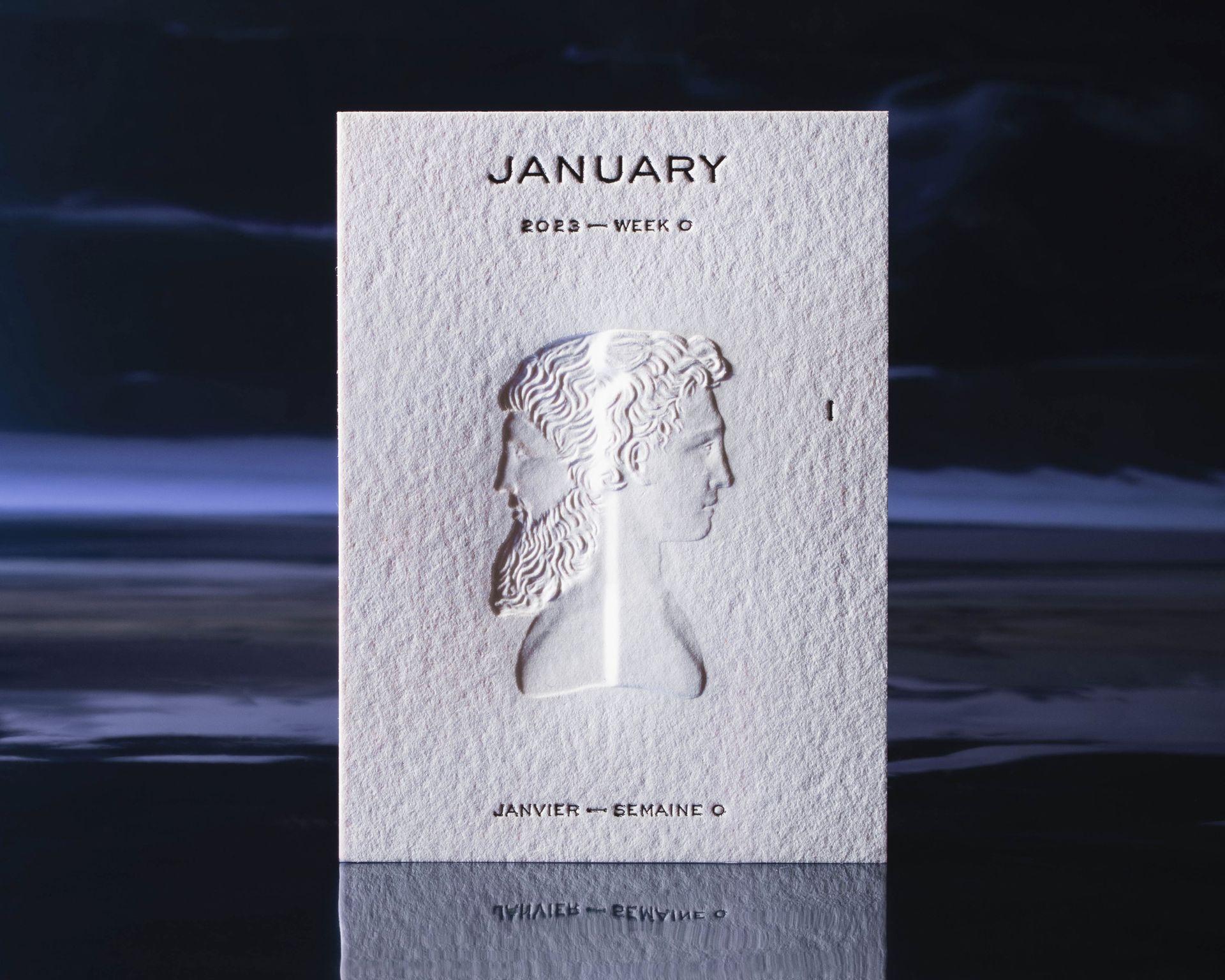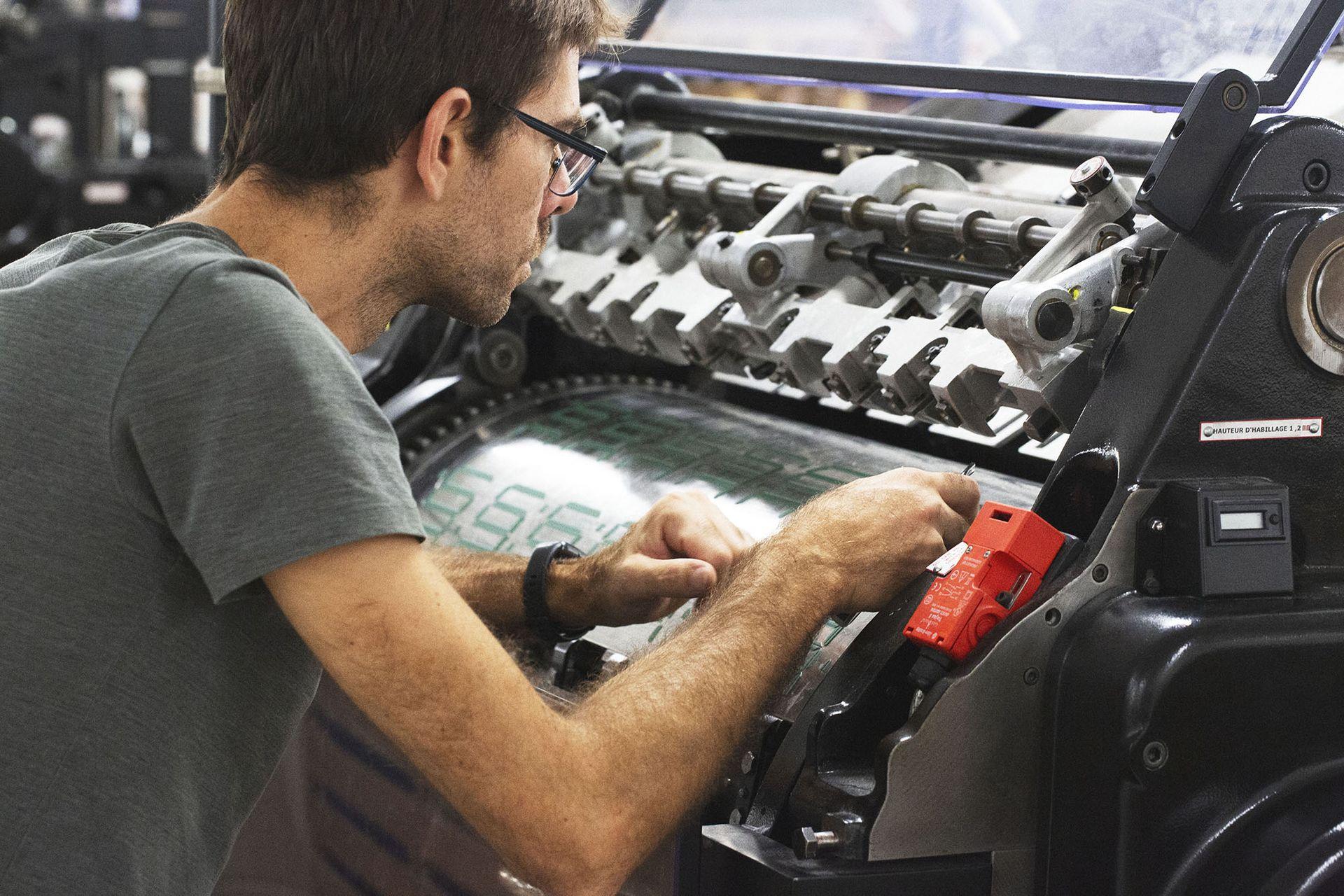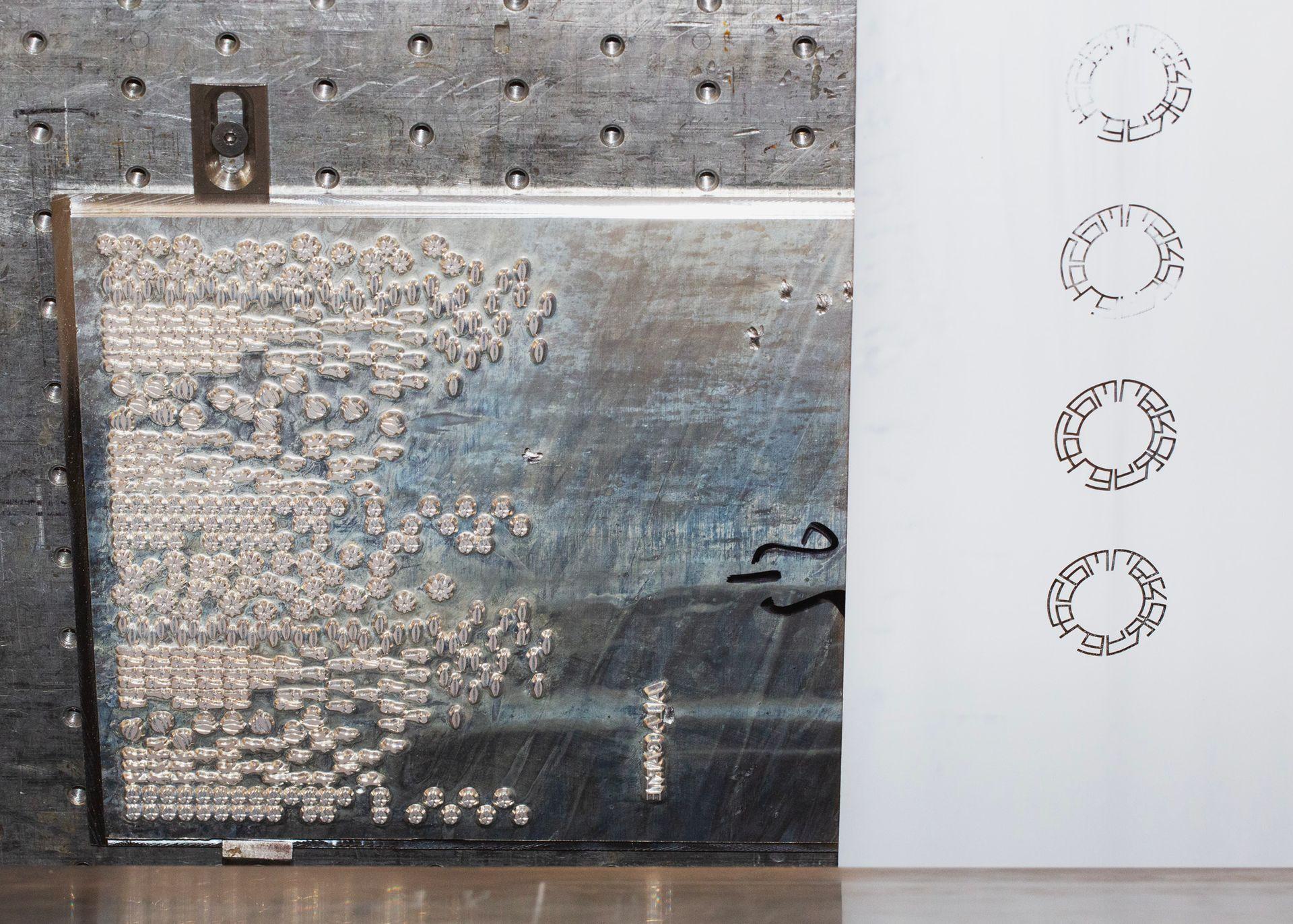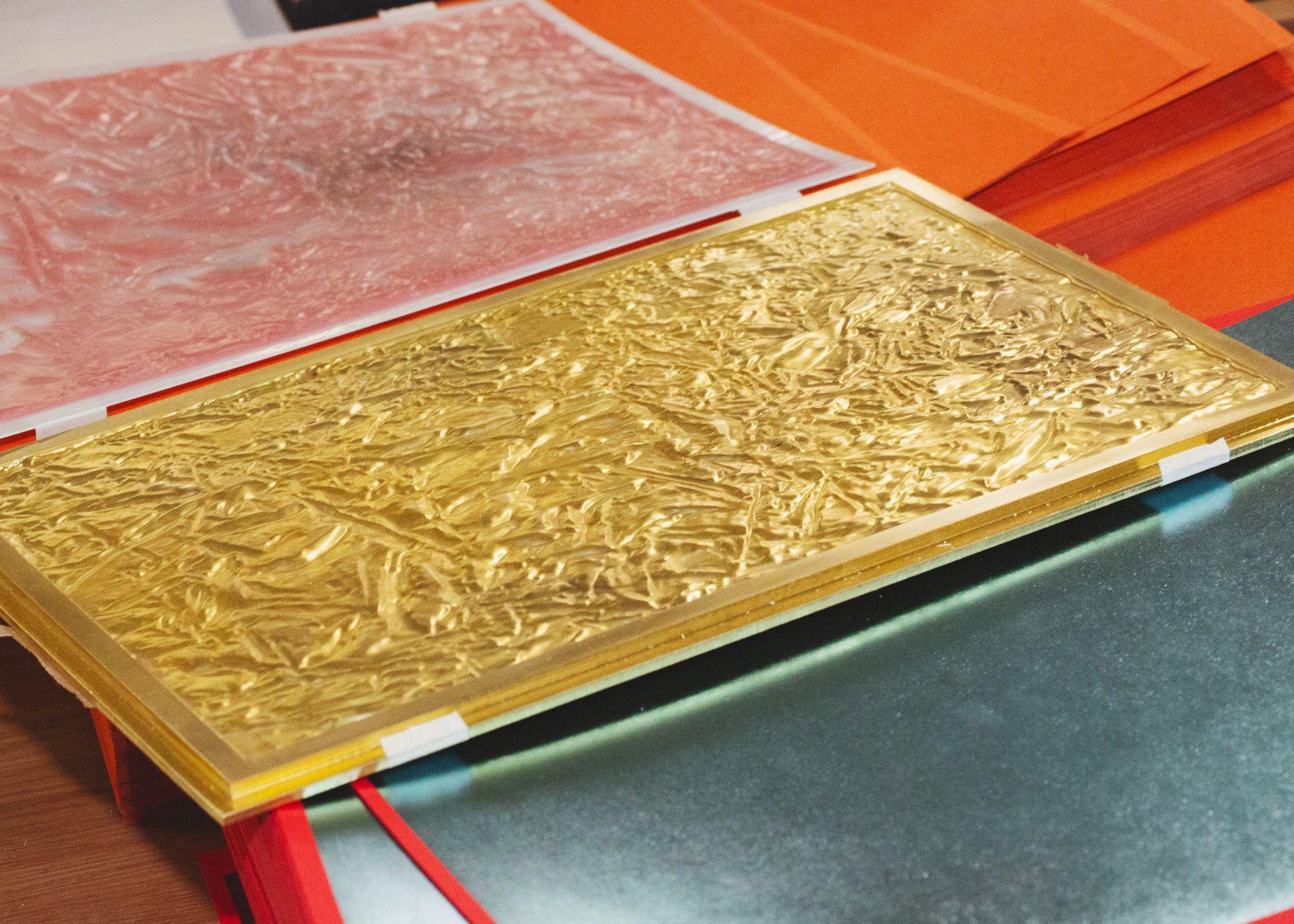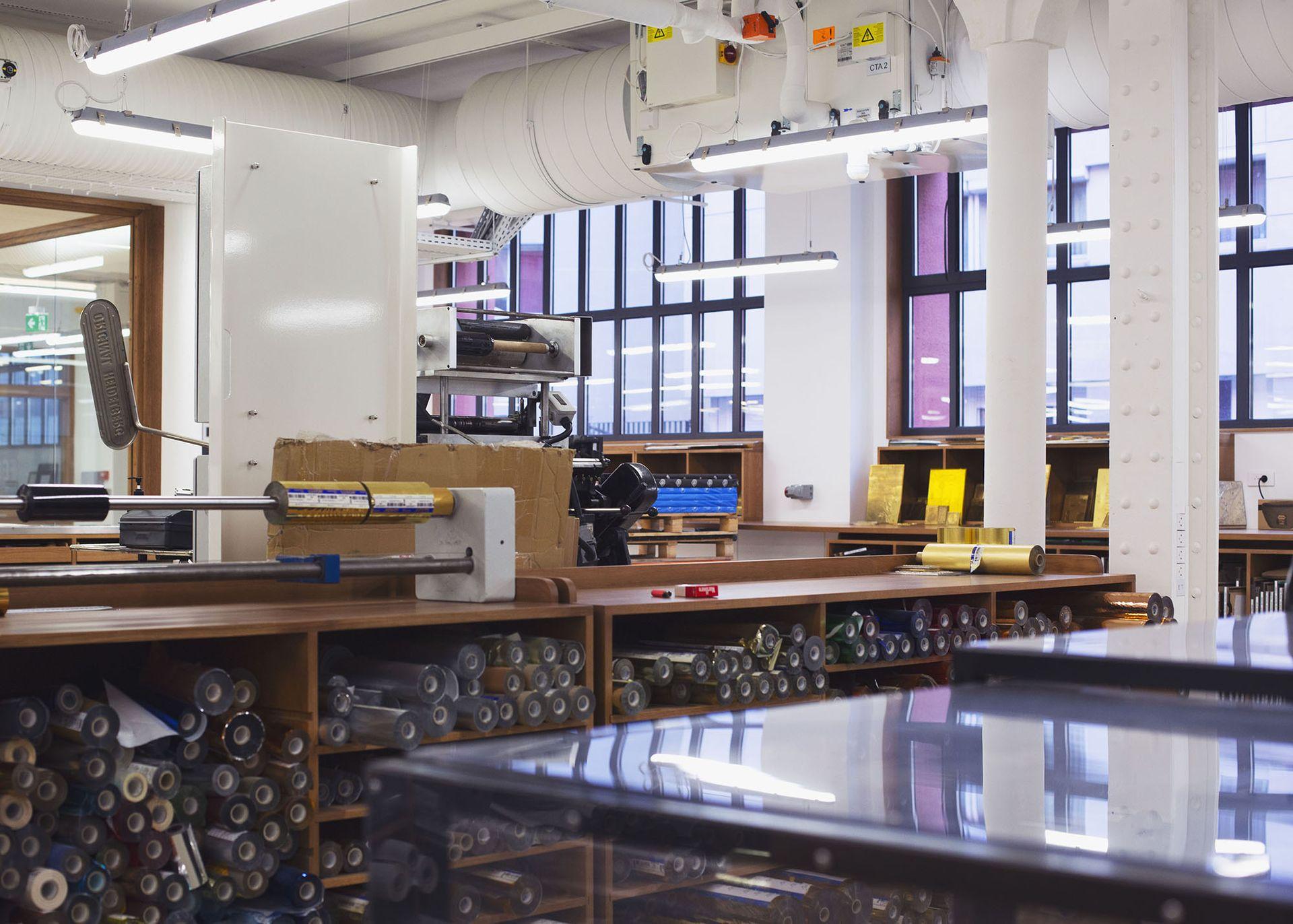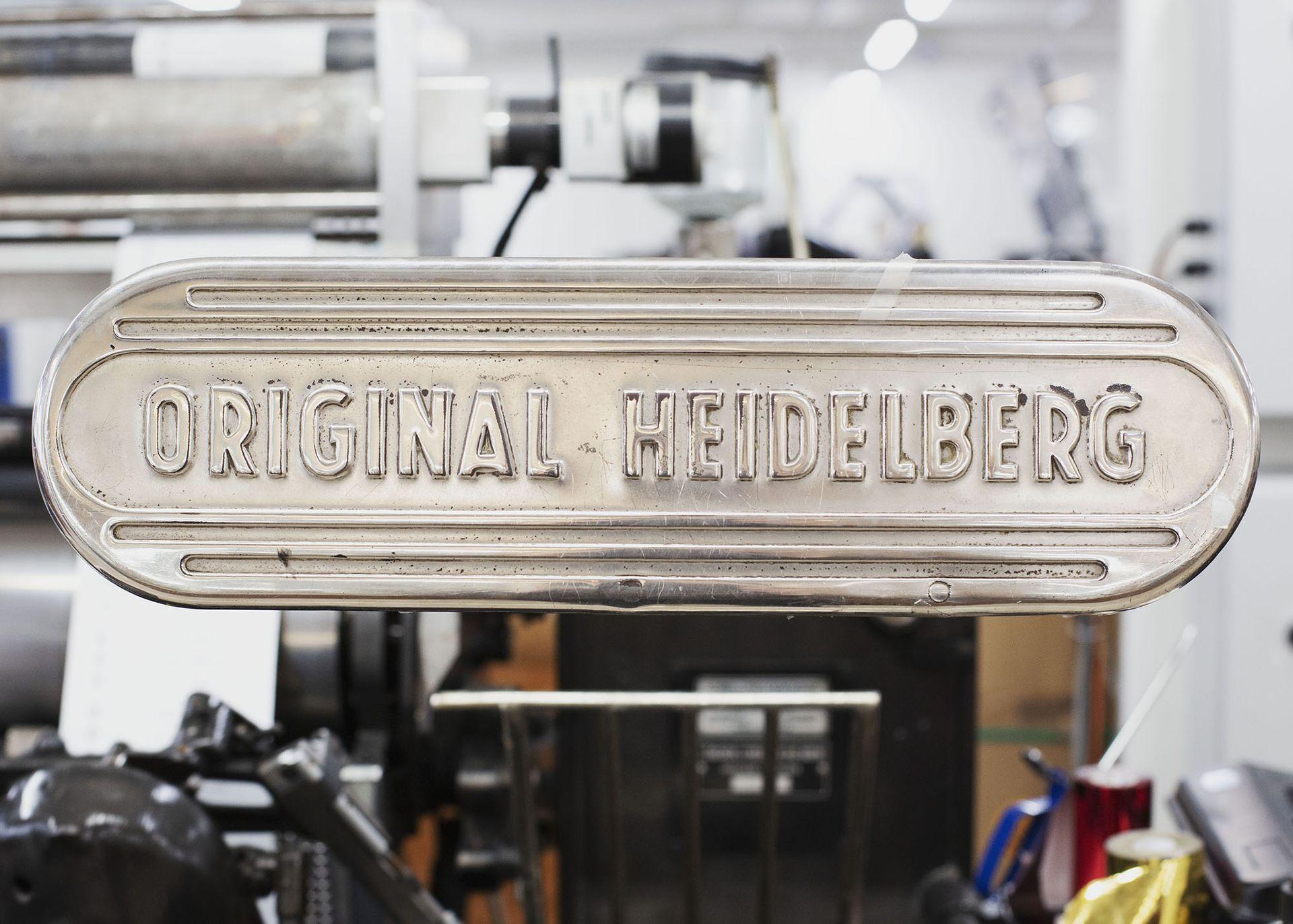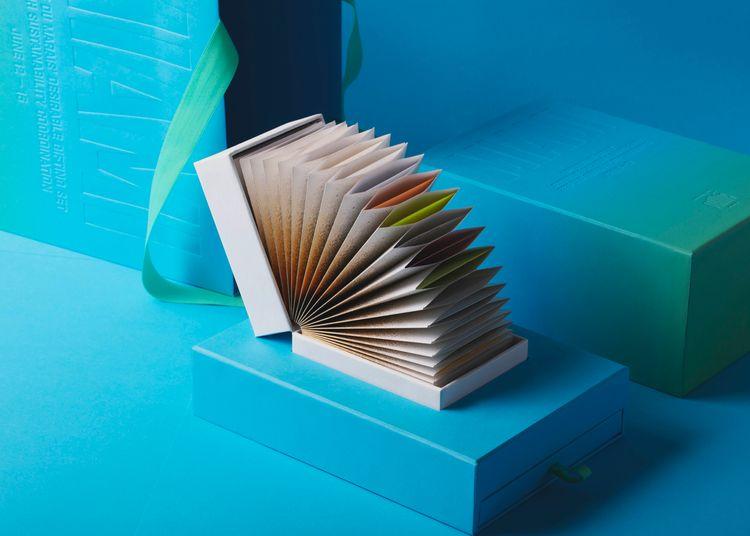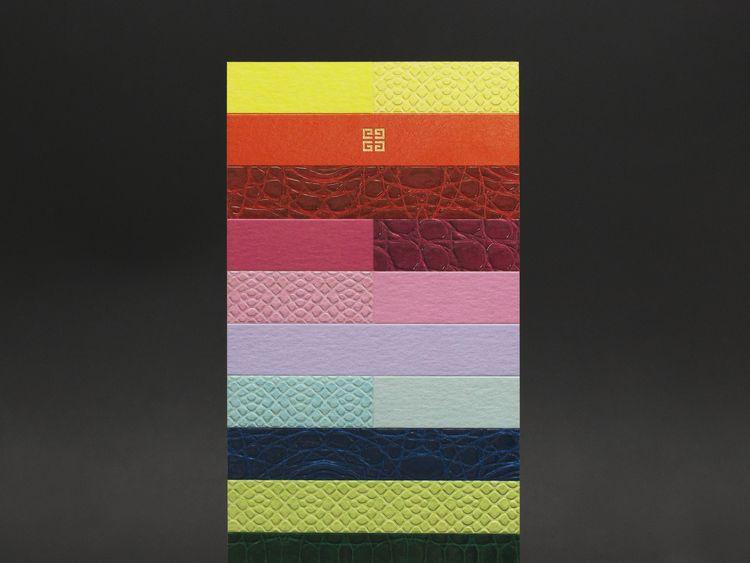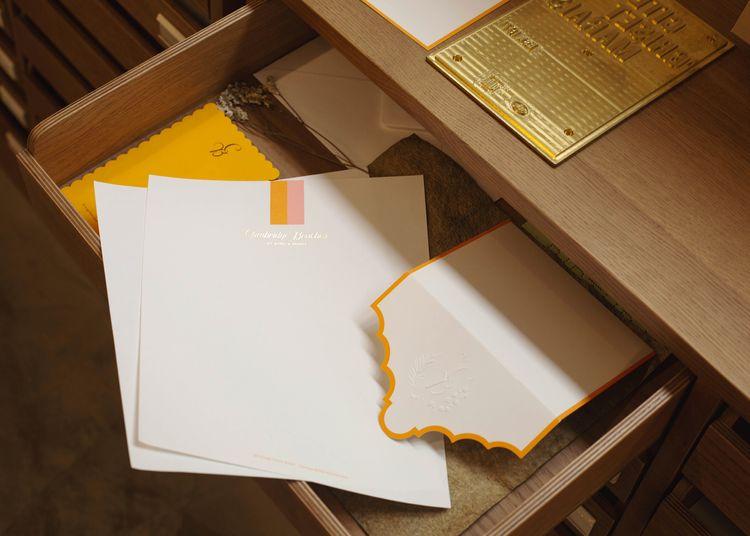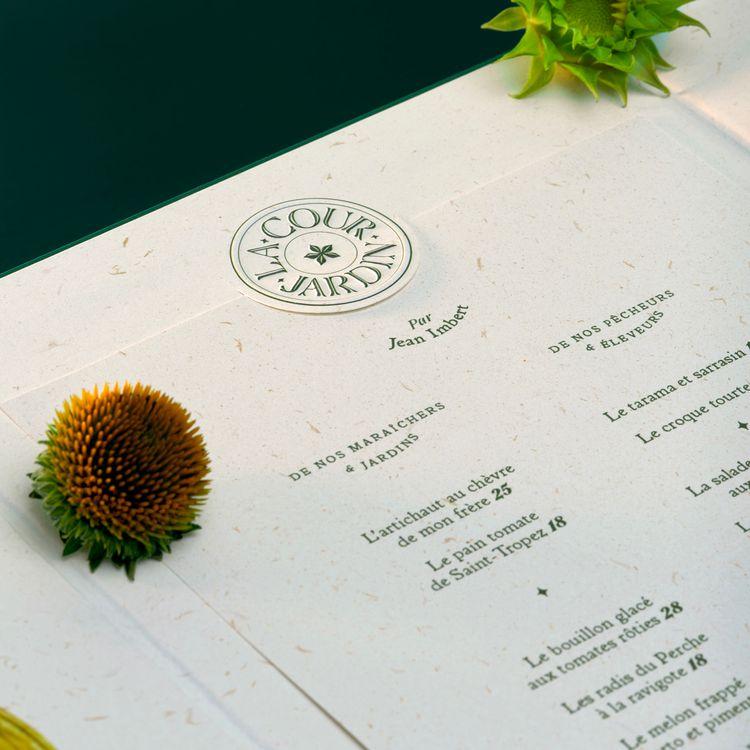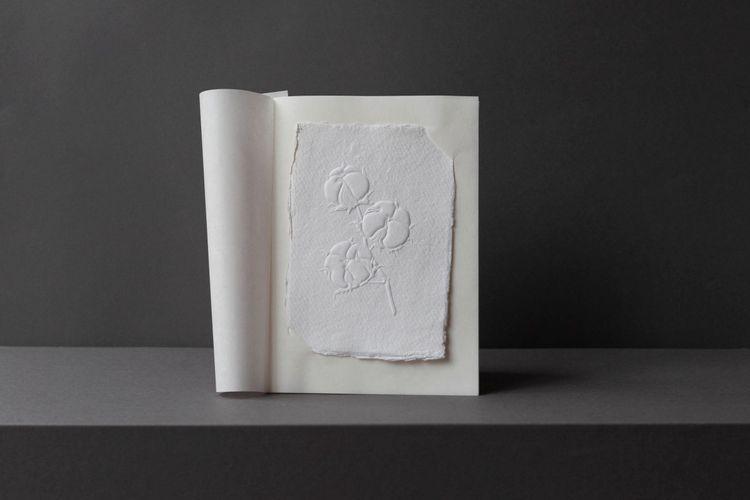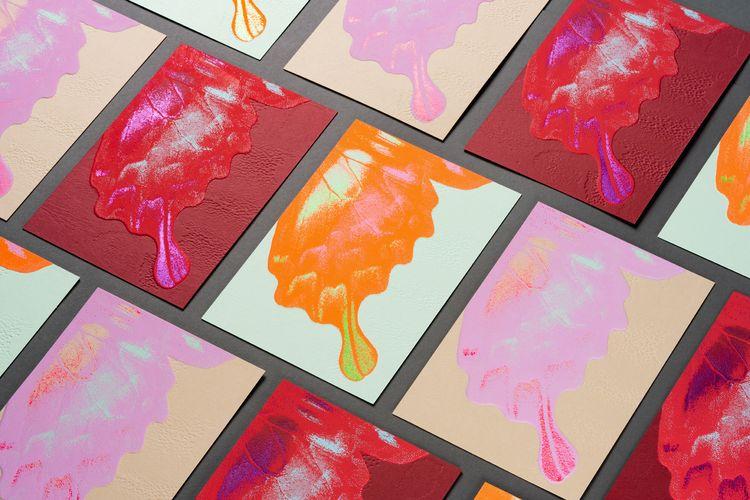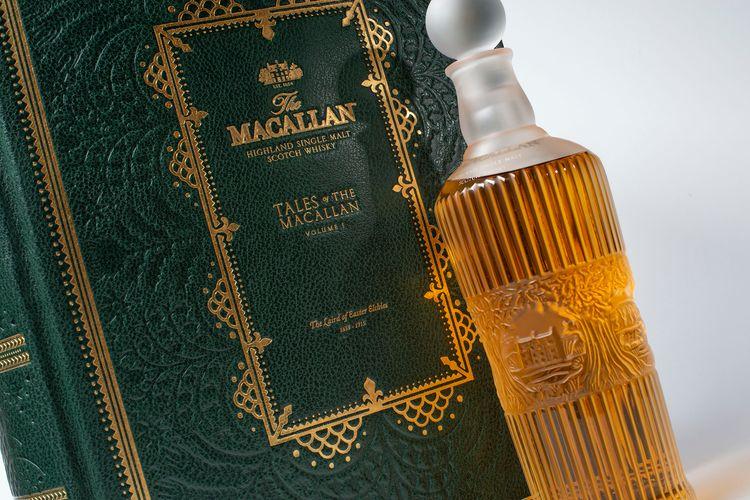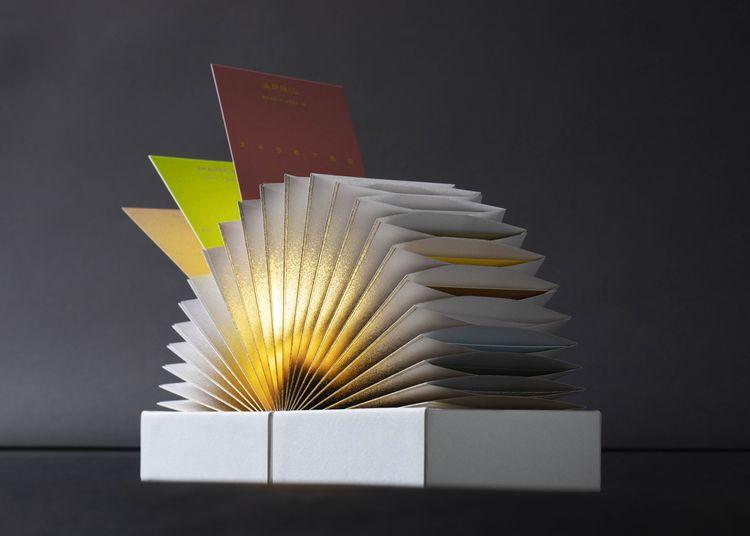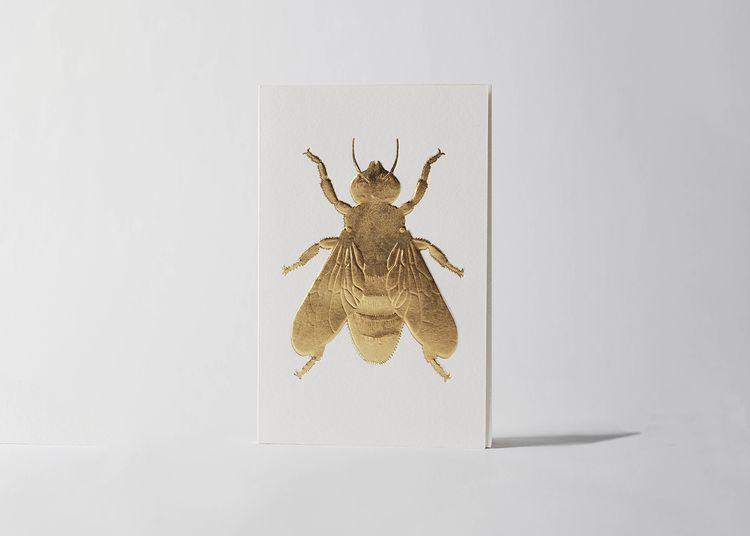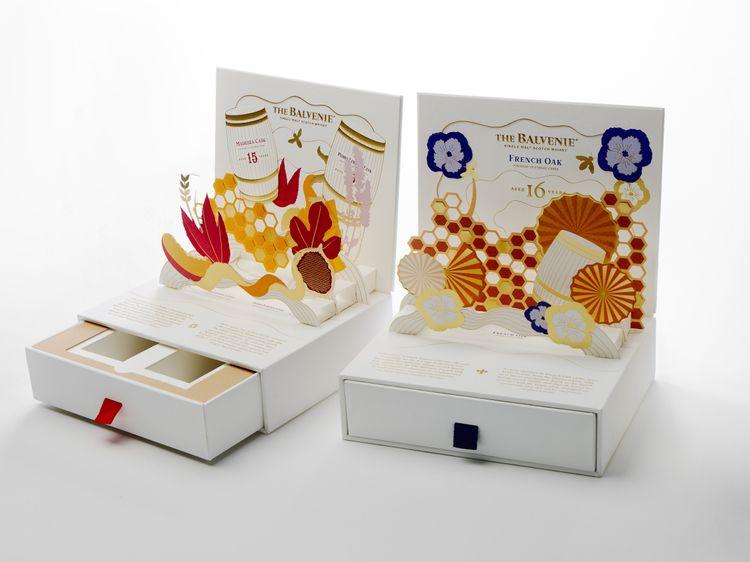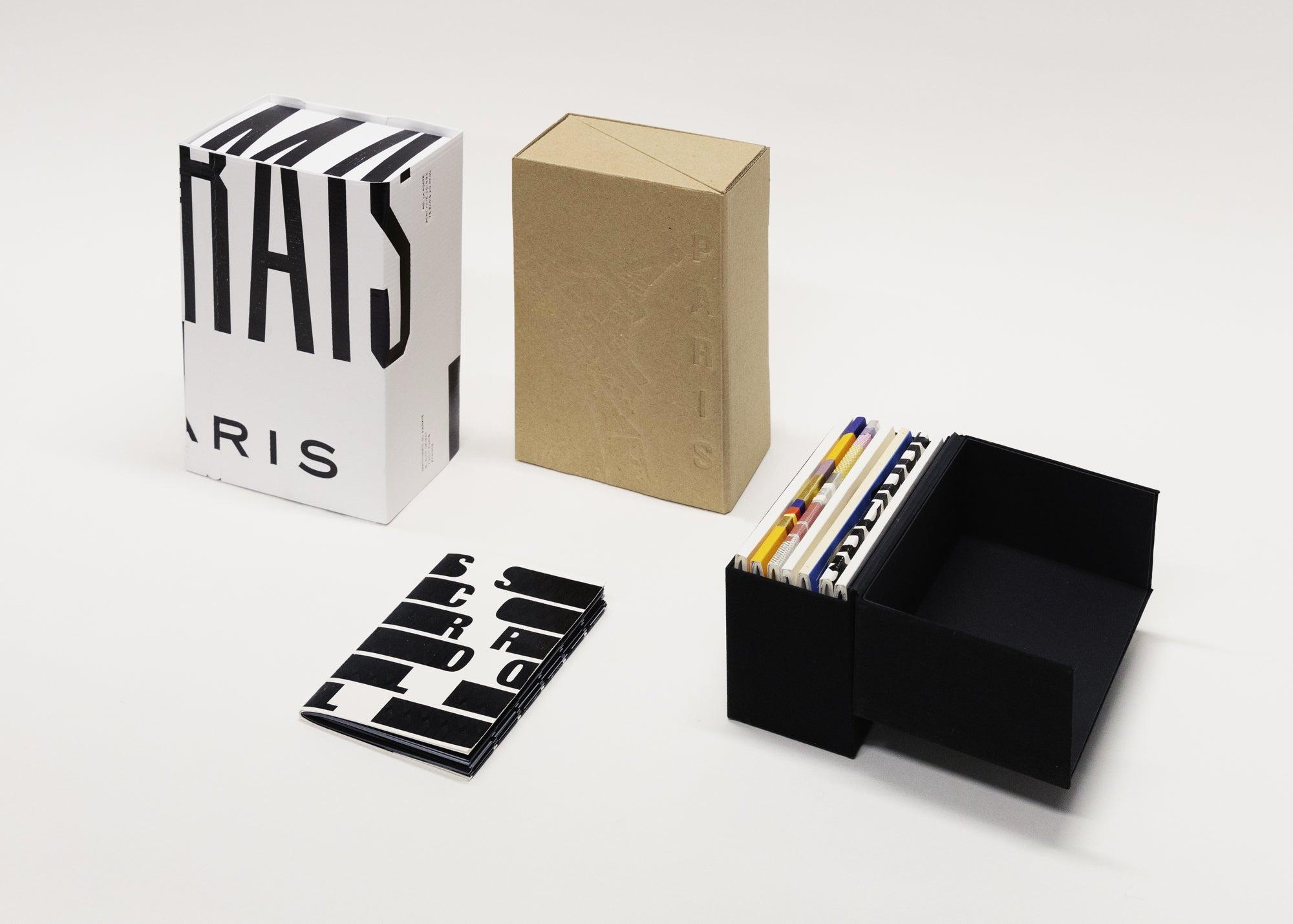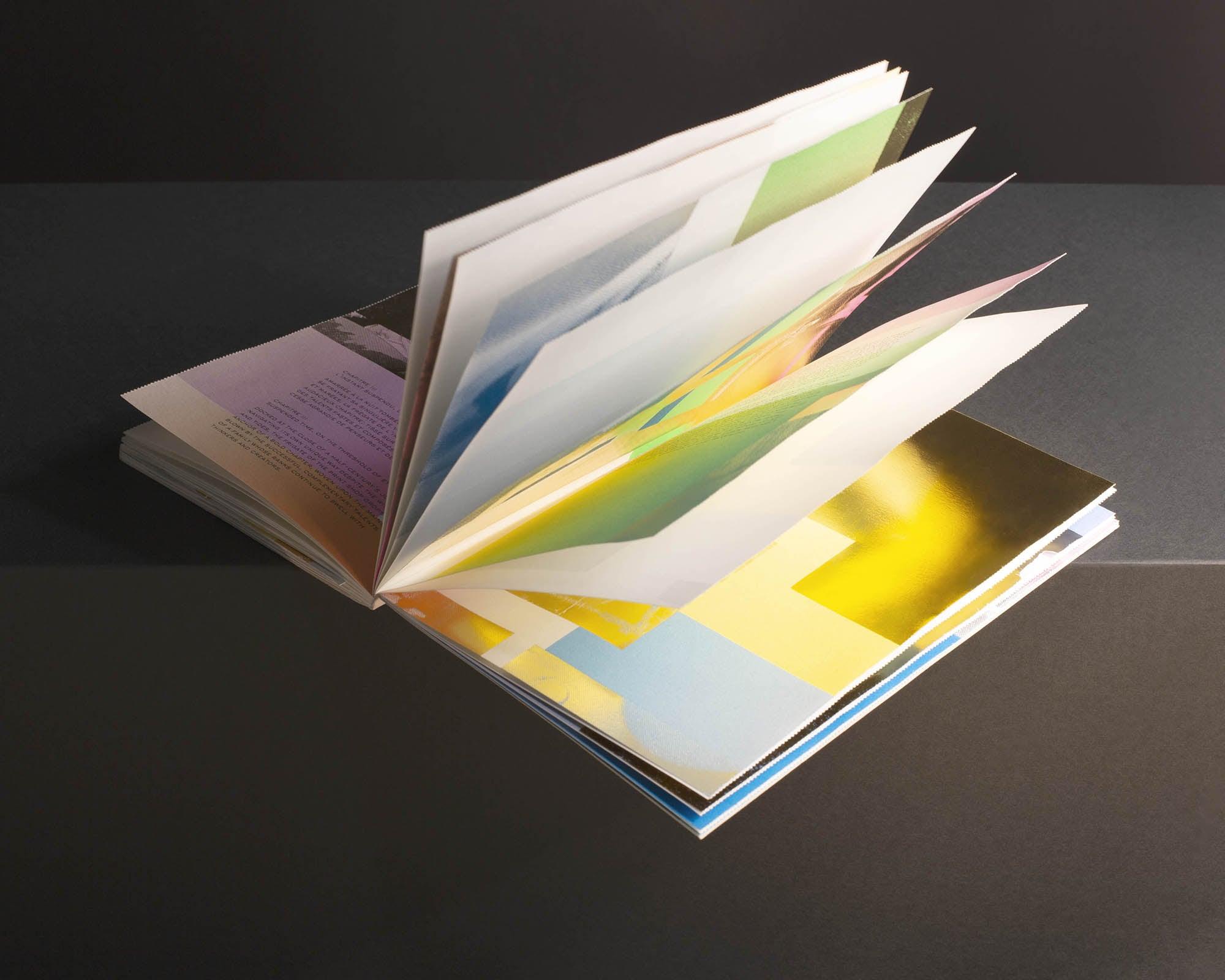Embossing &
Debossing
Embossing and debossing are two of the techniques used for printing directly on paper, either intaglio or in relief.
Both processes add an important haptic character, offering an exceptional power to incarnate, rendering the intangible tangible, in the smallest details.
EMBOSSING
As far back as the 15th century, embossing was already being used as a finishing technique on the covers of books. In the 19th century, it started also being used for creating various maps, as part of the rise of “geomontography”, which was concomitant with Louis Braille’s creation, in 1829, of a tactile writing system consisting of raised dots, for the use of blind and partially sighted people. Then paper was sculpted, able to conform to the smallest details. This is all the more true today, now that the pressure of the presses has increased tenfold and the engraving of printing plates—also called “dies”—is increasingly fine and precise. These developments now make it possible to shape three-dimensional motifs.
At the Imprimerie du Marais, the magnesium dies often come to life overnight, when the engraving workshop is in operation. This is where the press proofs of your files—having been closely scrutinised by the experts in our prepress and photo-proofing workshops—are engraved, in order to be delivered in a few hours. In the early morning, the embossers uncover their dies and prepare them for the press, refining the details by hand.
When the embossing has to be deep and highly detailed, the engraving is done on brass plates, so that a nanometric rendering of detail can be achieved, as if chiselled. In that case, the few hours need to stretch to one short week. Engravers and embossers then work together to carefully adjust these inverse, intaglio motifs on the machine. Under 2 to 200 tons of pressure, our artisans balance the distribution of the press across the printed material—a meticulous process of adjustment and calibration worthy of the performances of sculptors and tightrope walkers.
All of their skill is brought to bear in “impressing” the die on the material. On the patiently activated press, between the engraved intaglio plate and its counterpart, a deformation occurs that, far from deteriorating the paper, marks it with the seal of a beauty finally revealed. It then becomes (once again) a malleable paste ready to receive and magnify your embossing projects, be they simple, sculpted, multi-level, blind, or combined with foiling, silkscreen printing, or litho printing.
We are here to advise you on combinations of techniques, papers and other unique materials, to rework or model your high-resolution files accordingly, and to perfect your intentions through the art of calibration. The full meaning of printing is manifested when wisely selected materials become ornamentation, when a subtle echo of the façade of a luxury hotel is inscribed on the cover of its restaurant’s main menu.
DEBOSSING
The debossing process is the inverse of embossing. It consists in the intaglio shaping of paper by means of a die in relief. The exploration of this singular relationship between the two techniques has inspired big successes in the field of printed design, based on the richness of the silent dialogue between views of full and empty surfaces.
Debossing can also be paired with foiling, to magnify the visual impact of its recessed surface. Nevertheless, the expressive power of this technique is revealed just as well in dry processes. Its natural beauty even inspired the manufacturer Takeo to create Pachika paper. Developed in 1988 in collaboration with designer Kenya Hara on the occasion of the Winter Olympics in Nagano, the rare material transforms in contact with the hot stamp, revealing—on an extremely soft white surface—the contours of a delicately printed translucent design, imprinting a watermark.
"Dry embossing and debossing are wonderful allies of a design that links brand affirmation and desirability to a sustainable approach."
